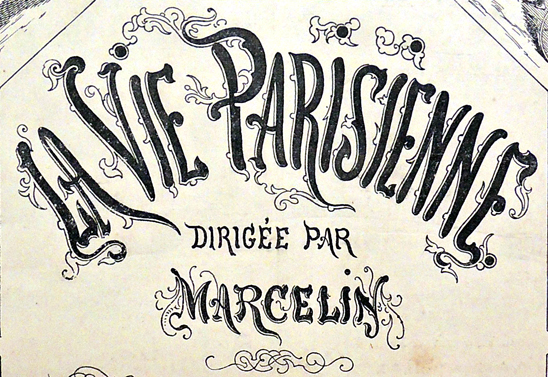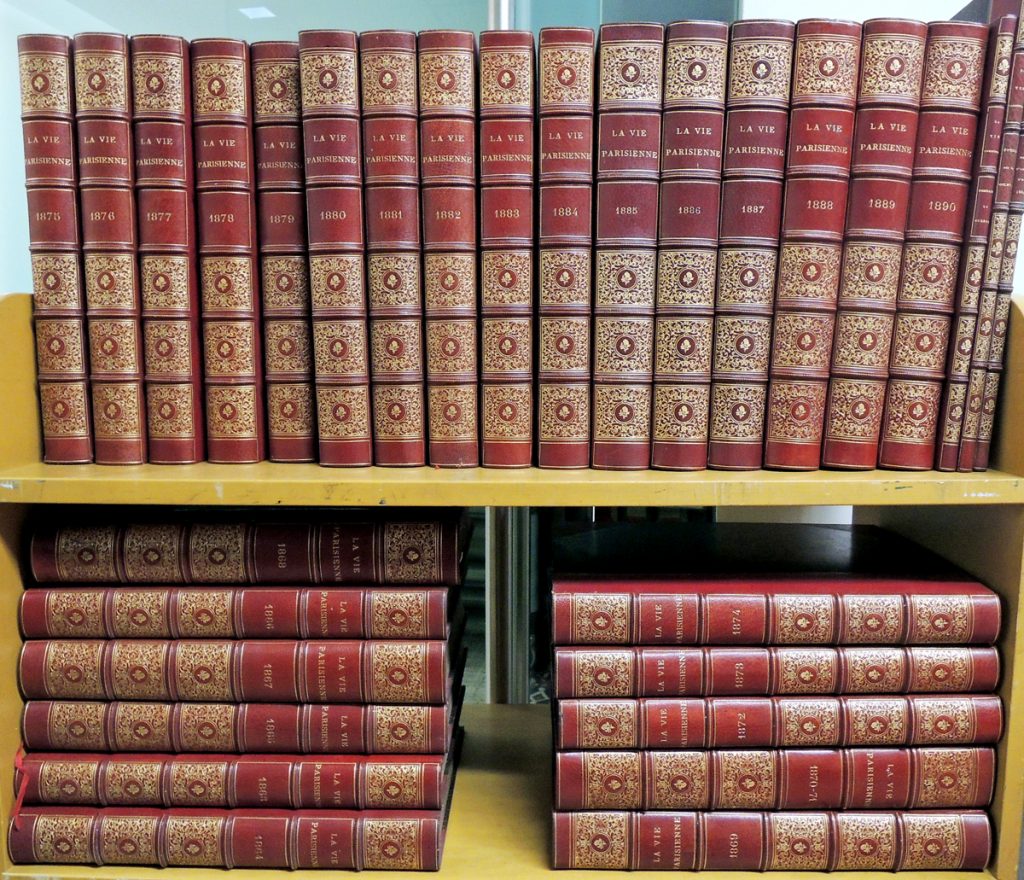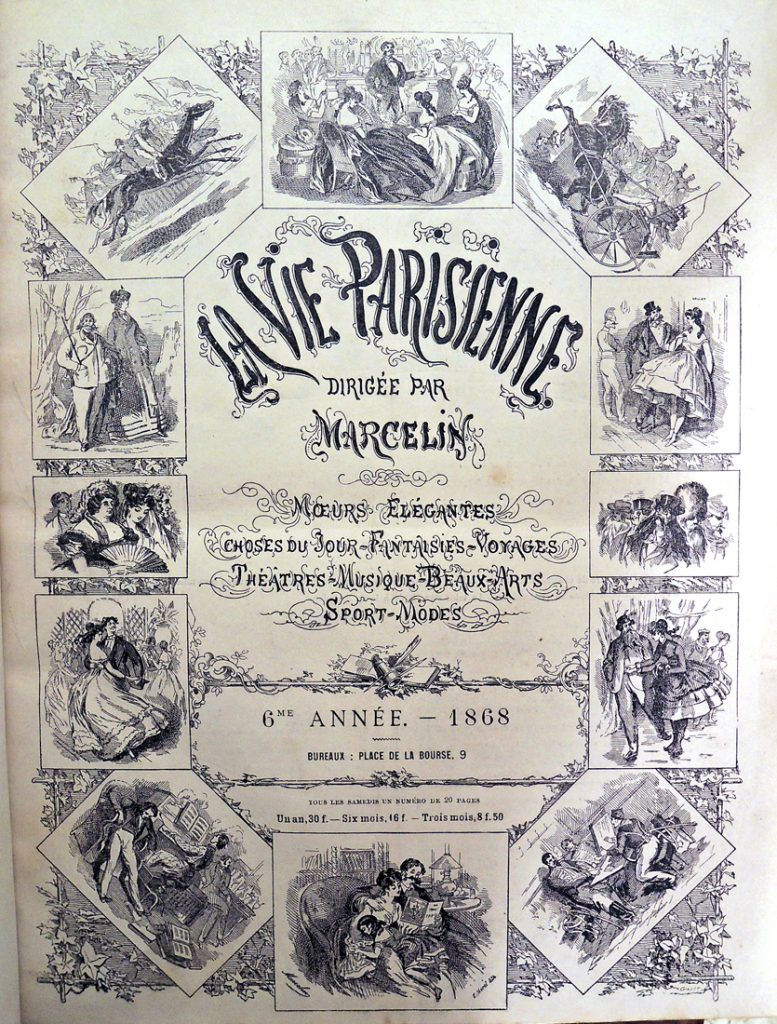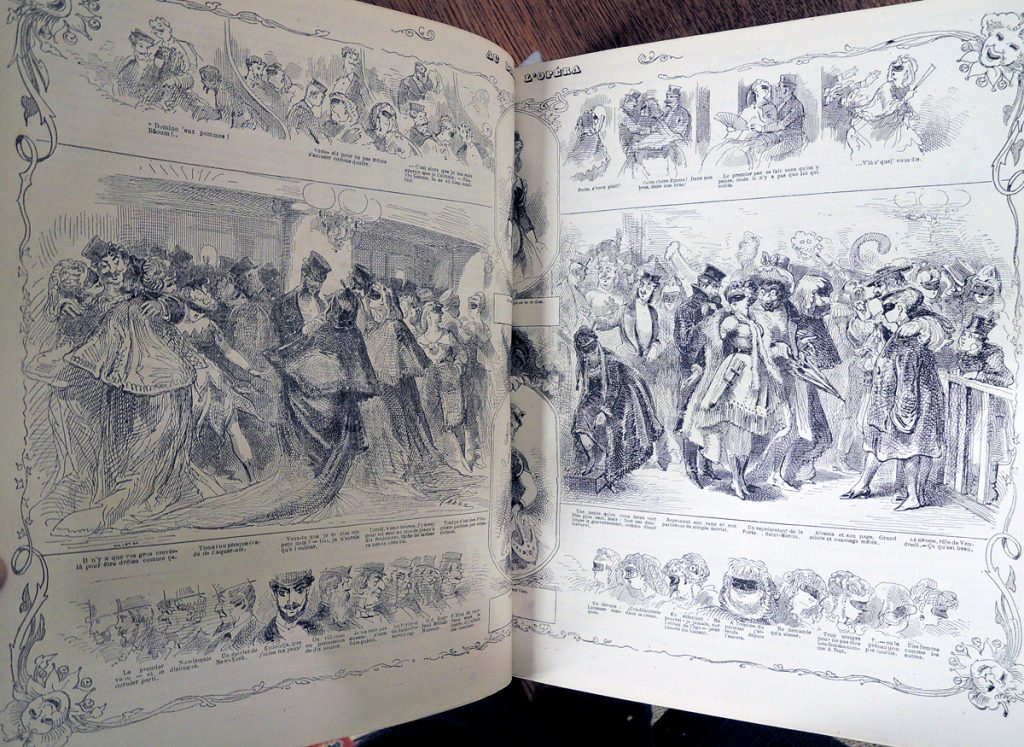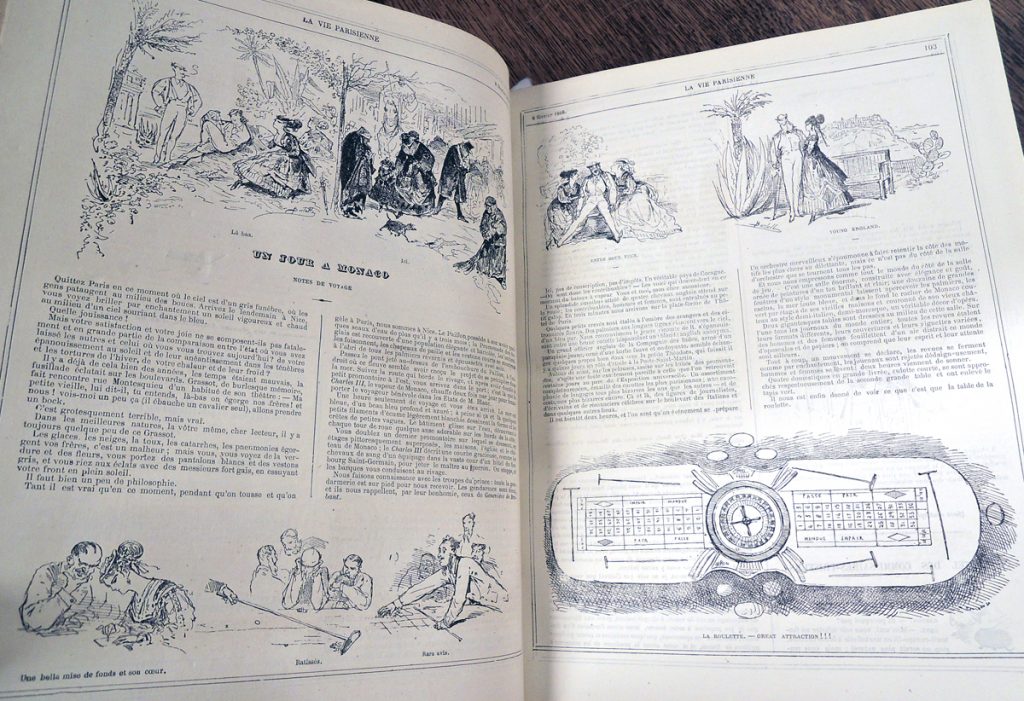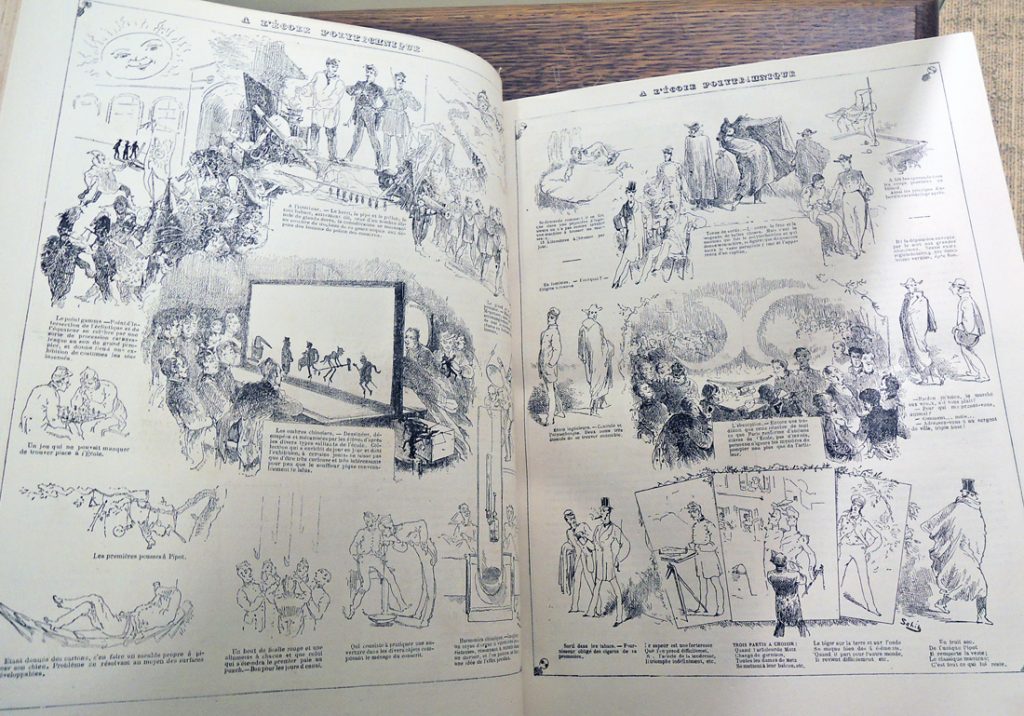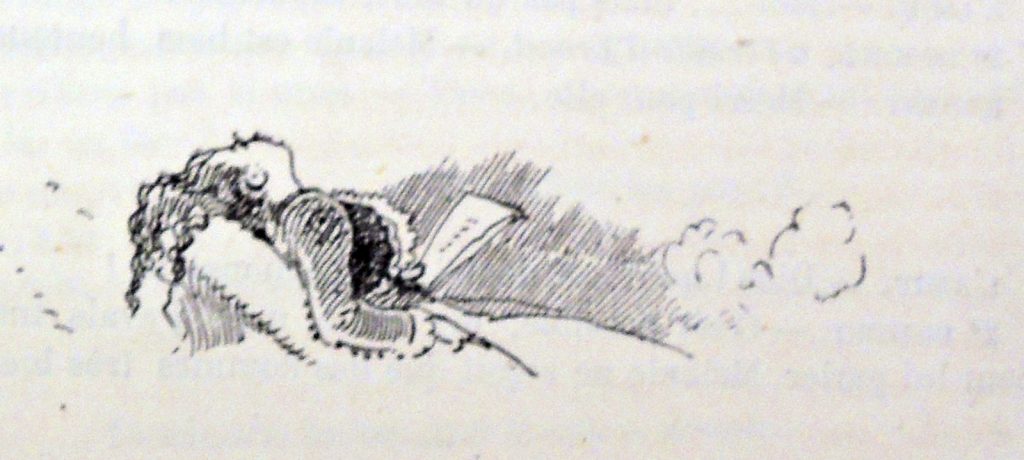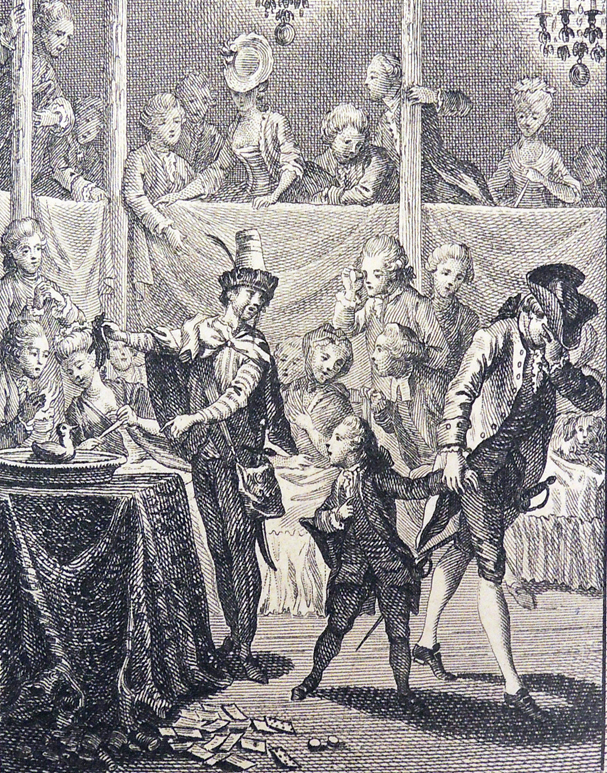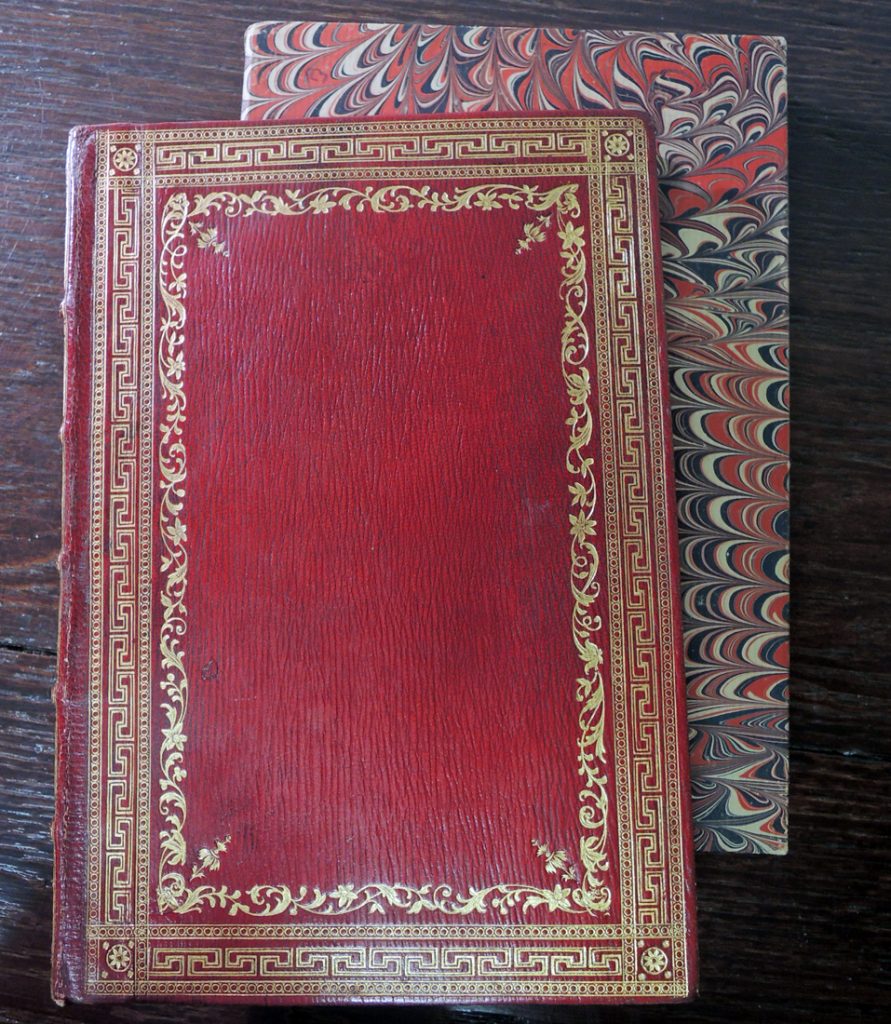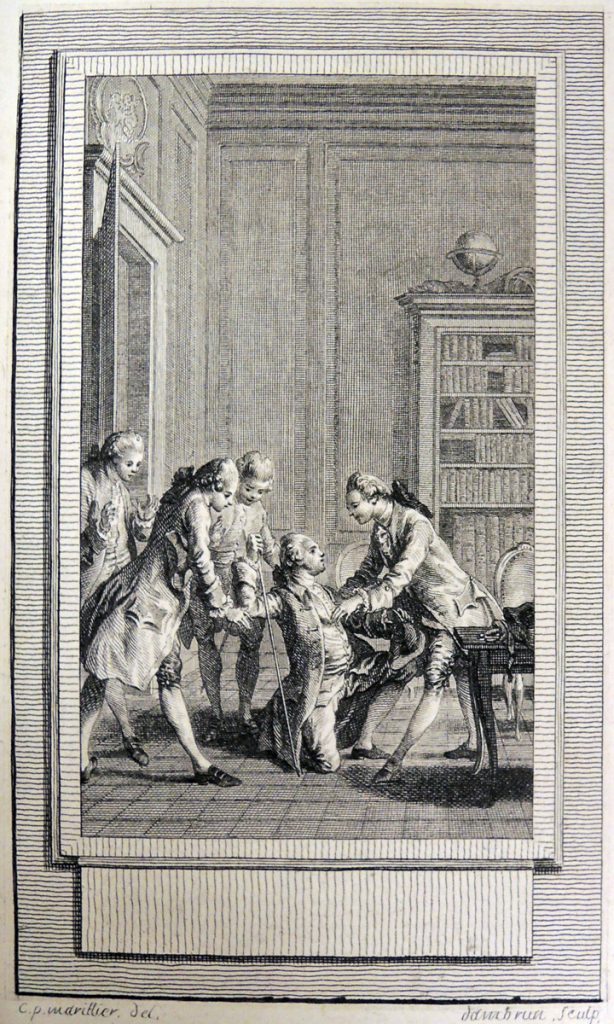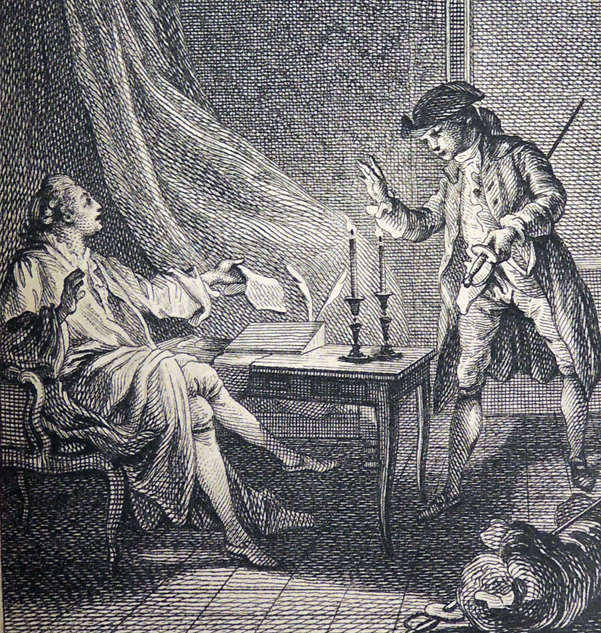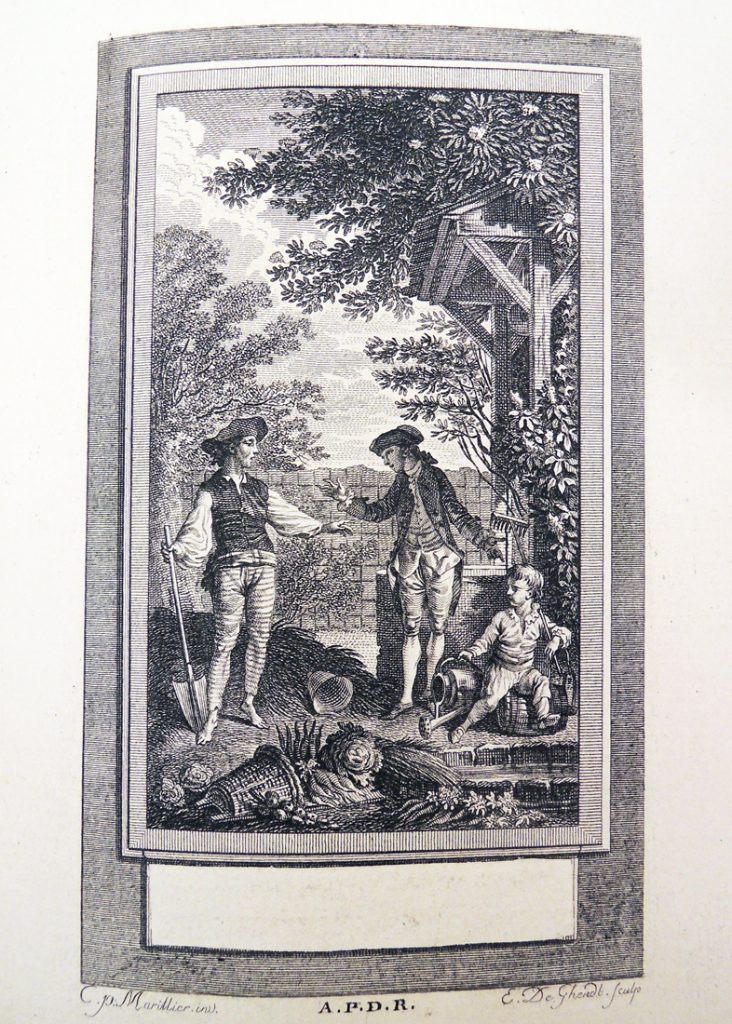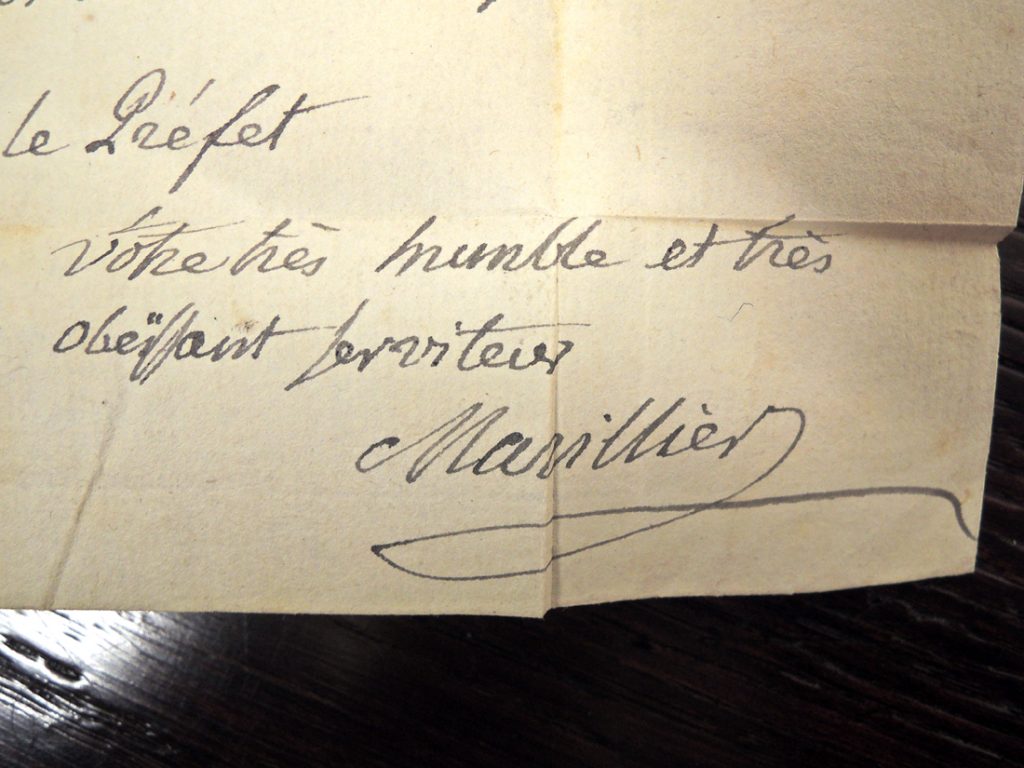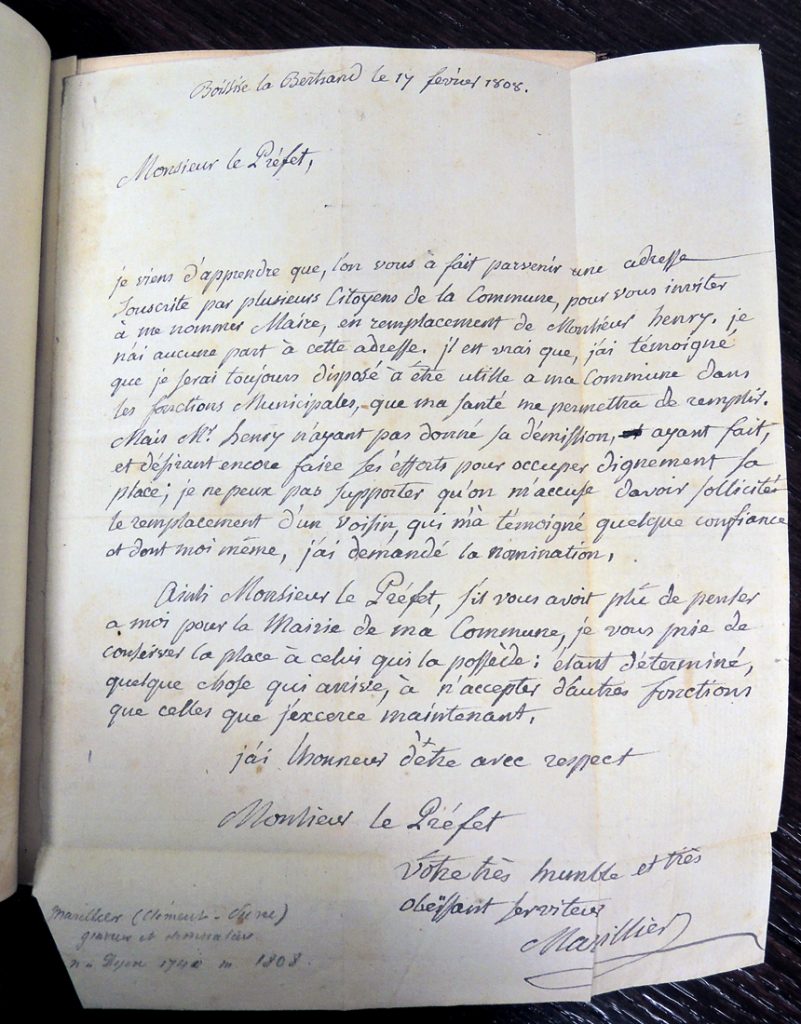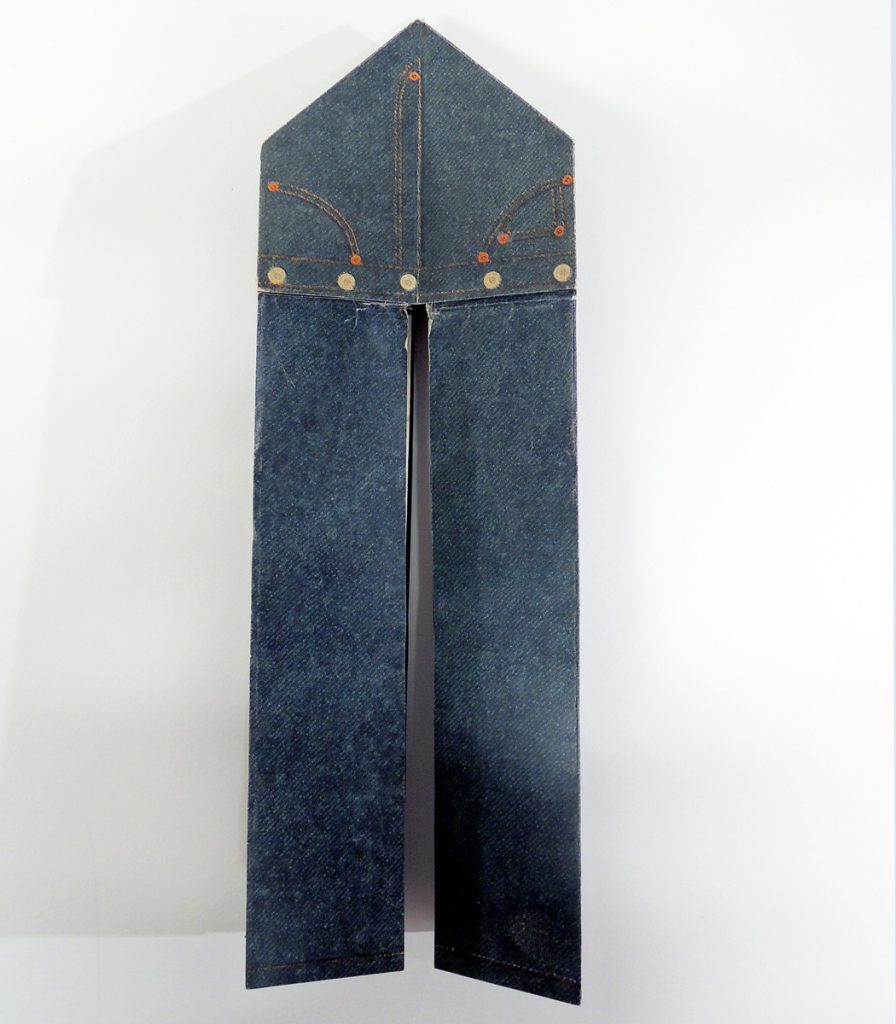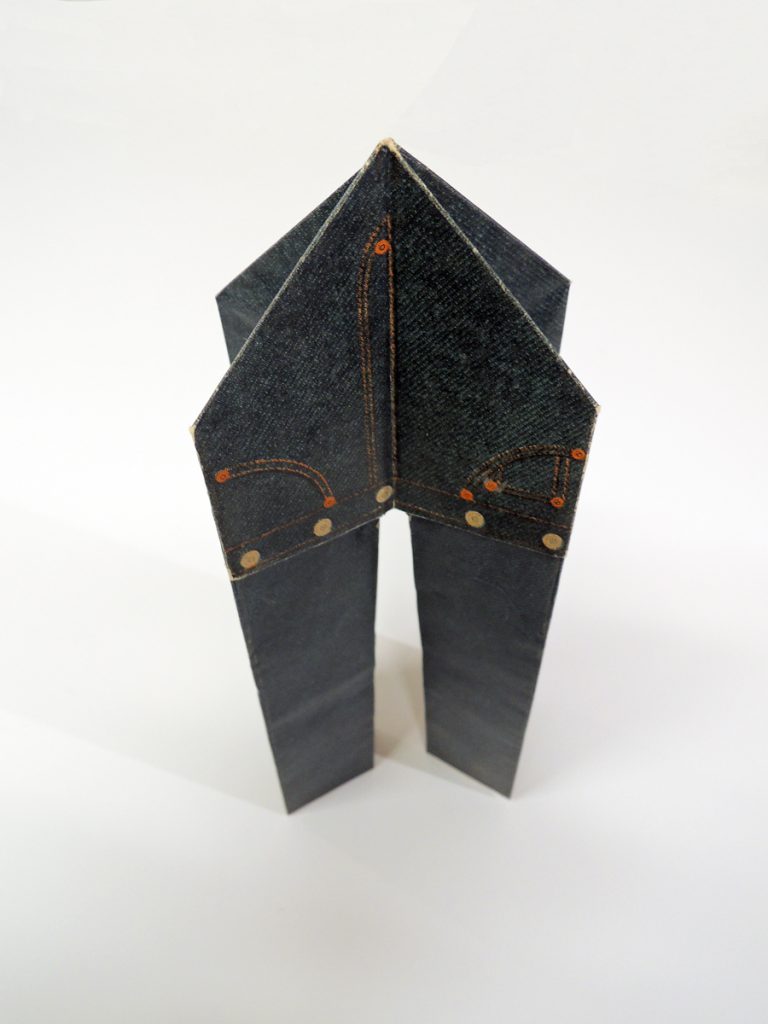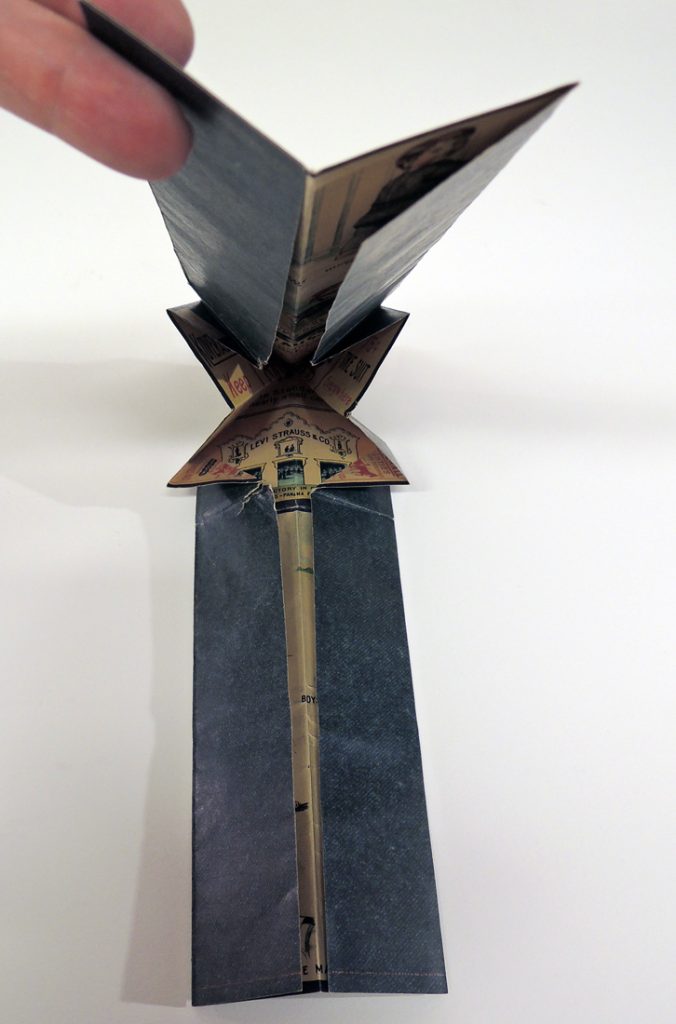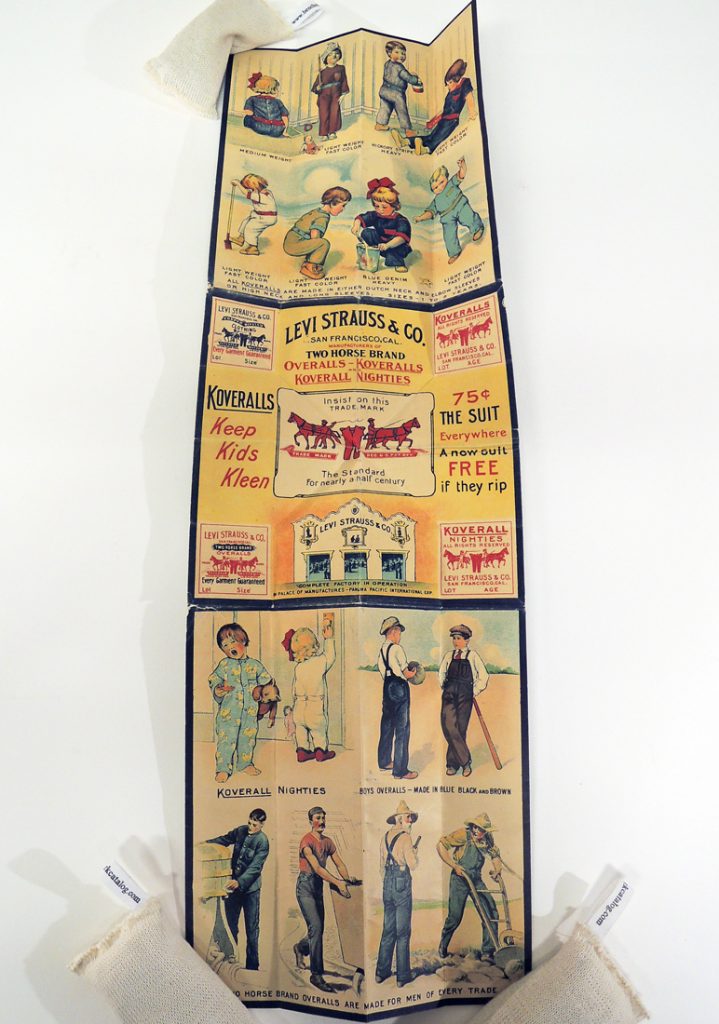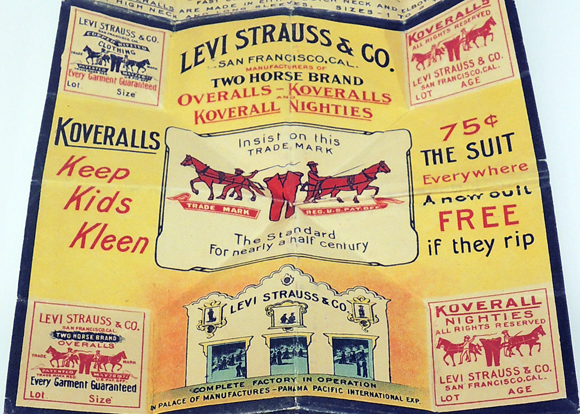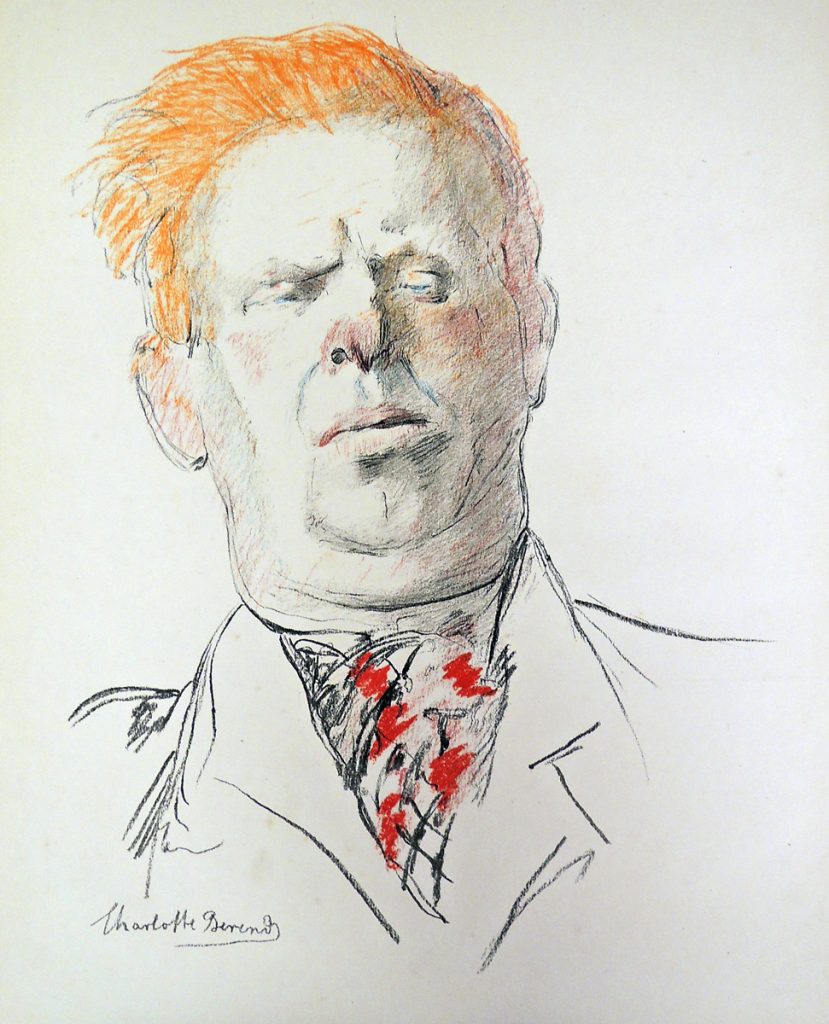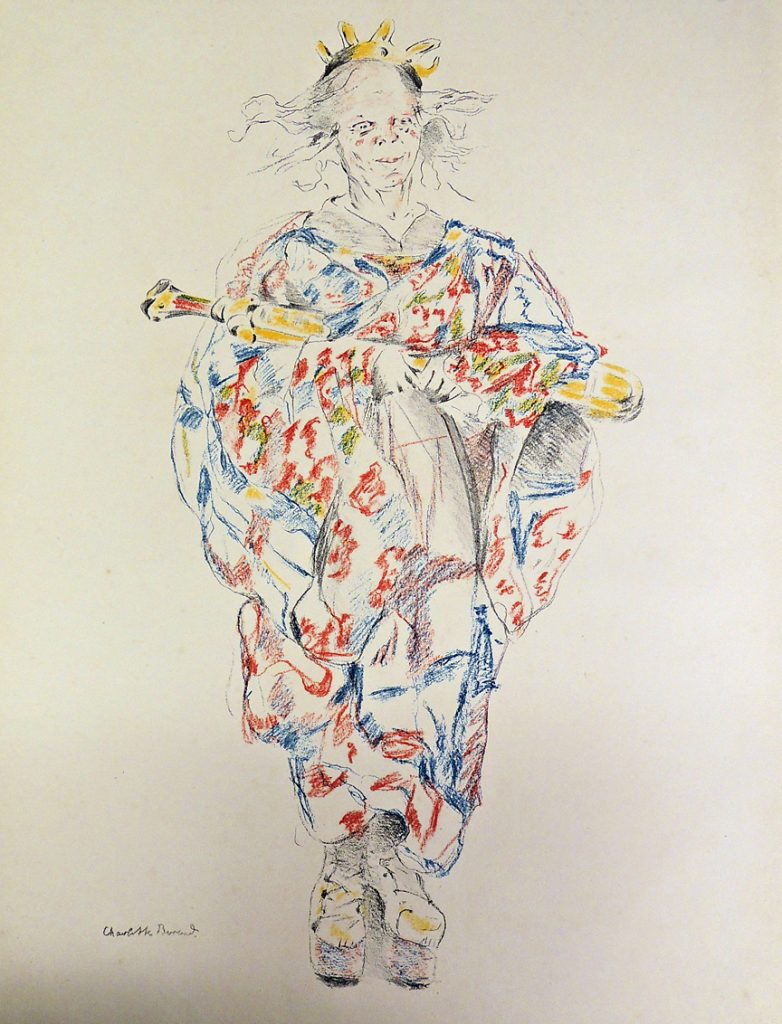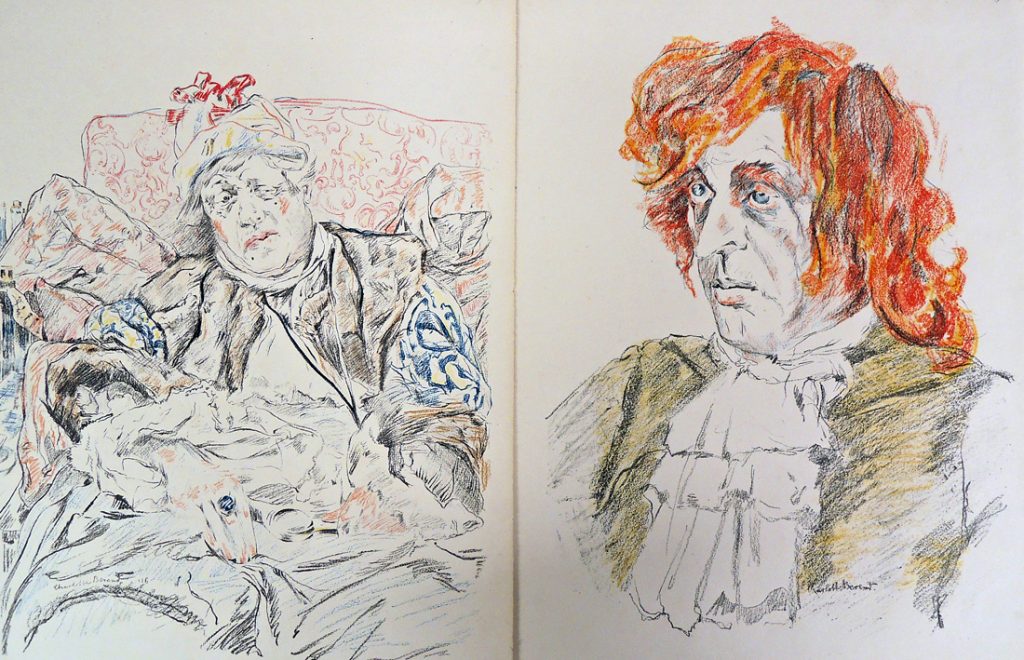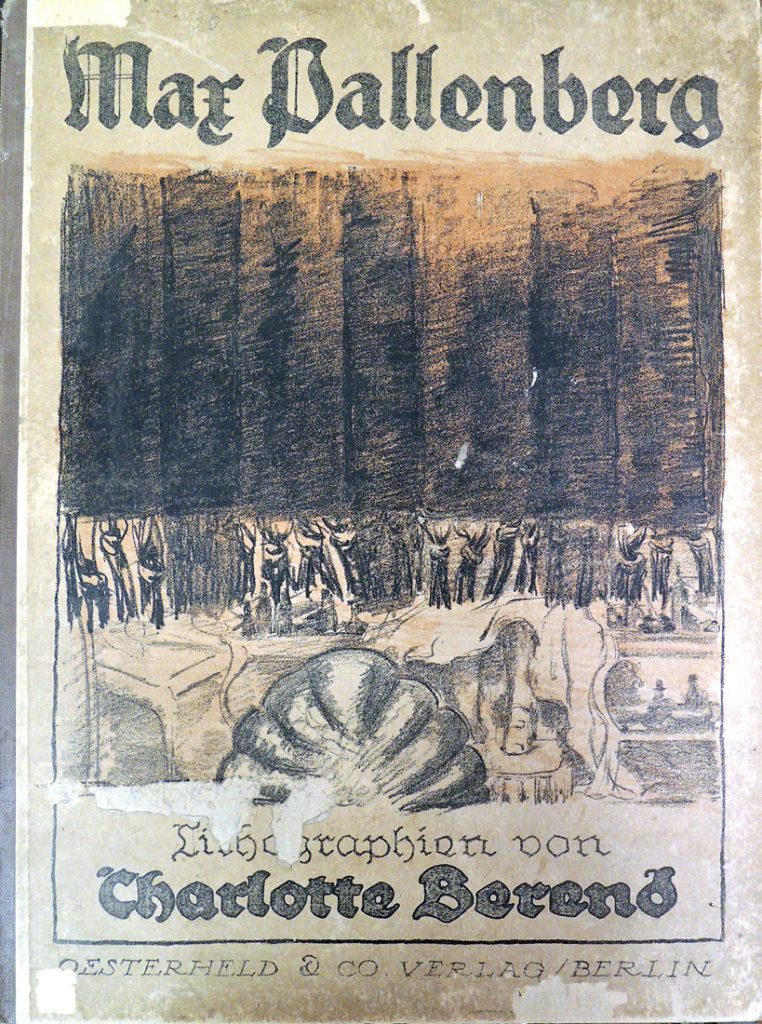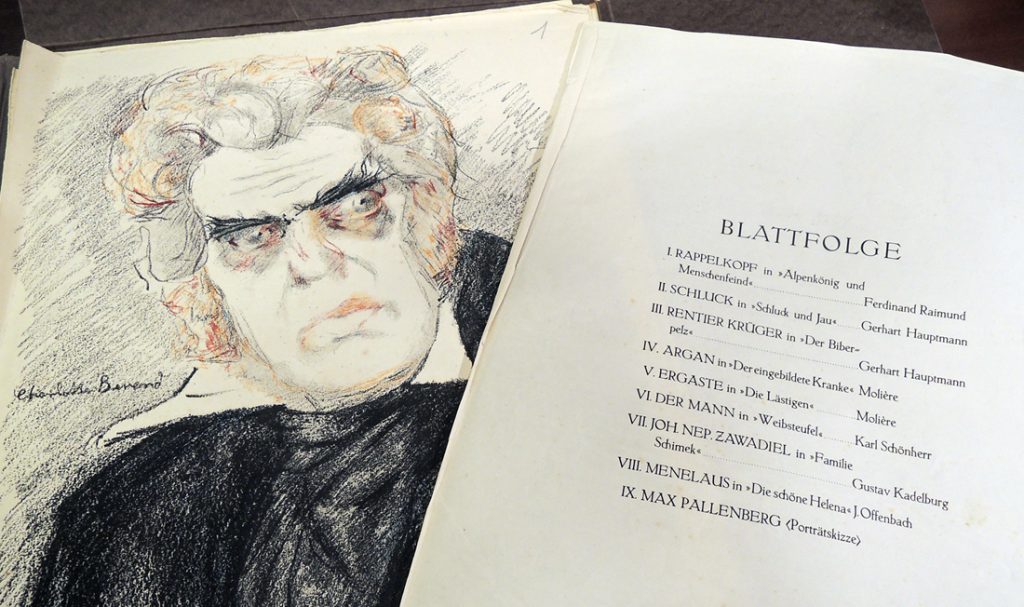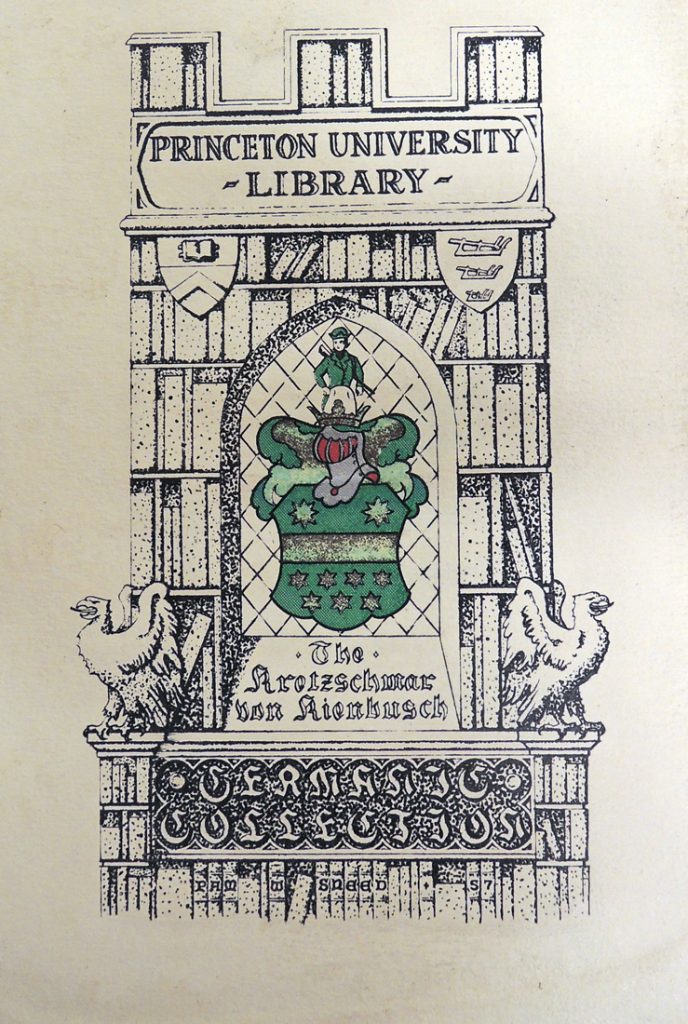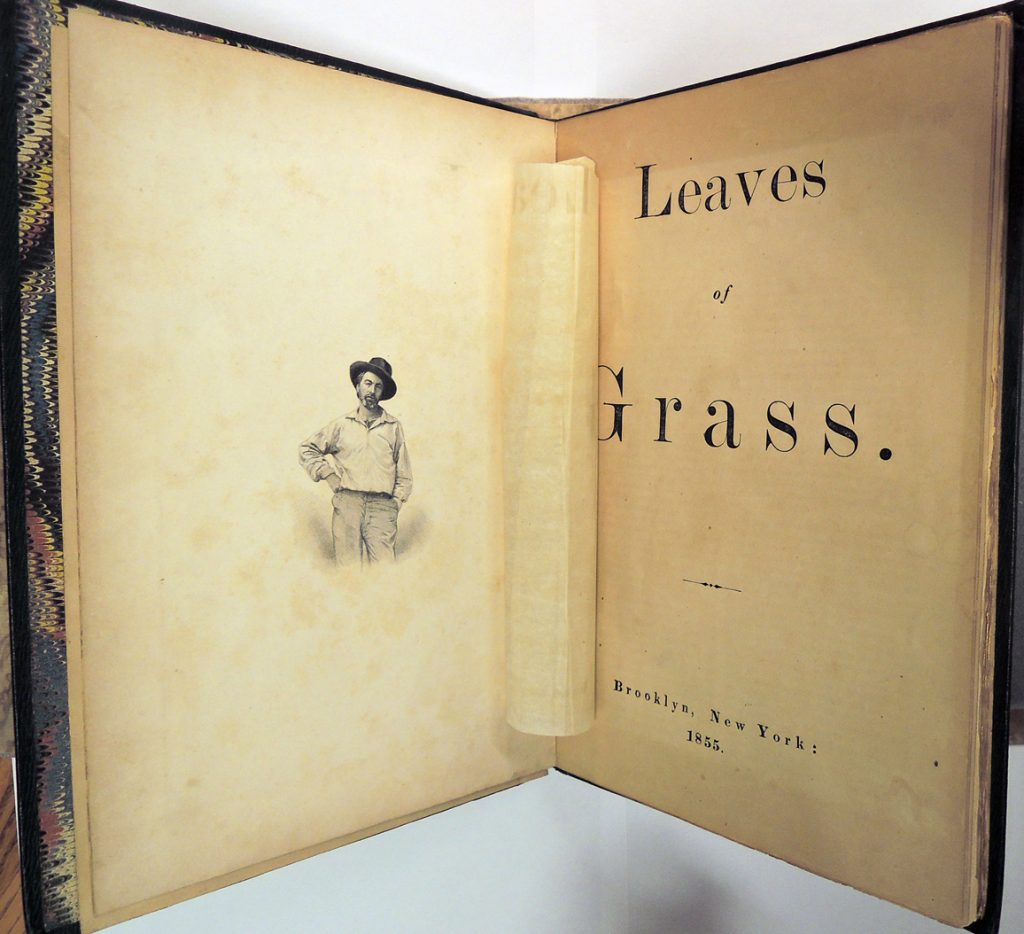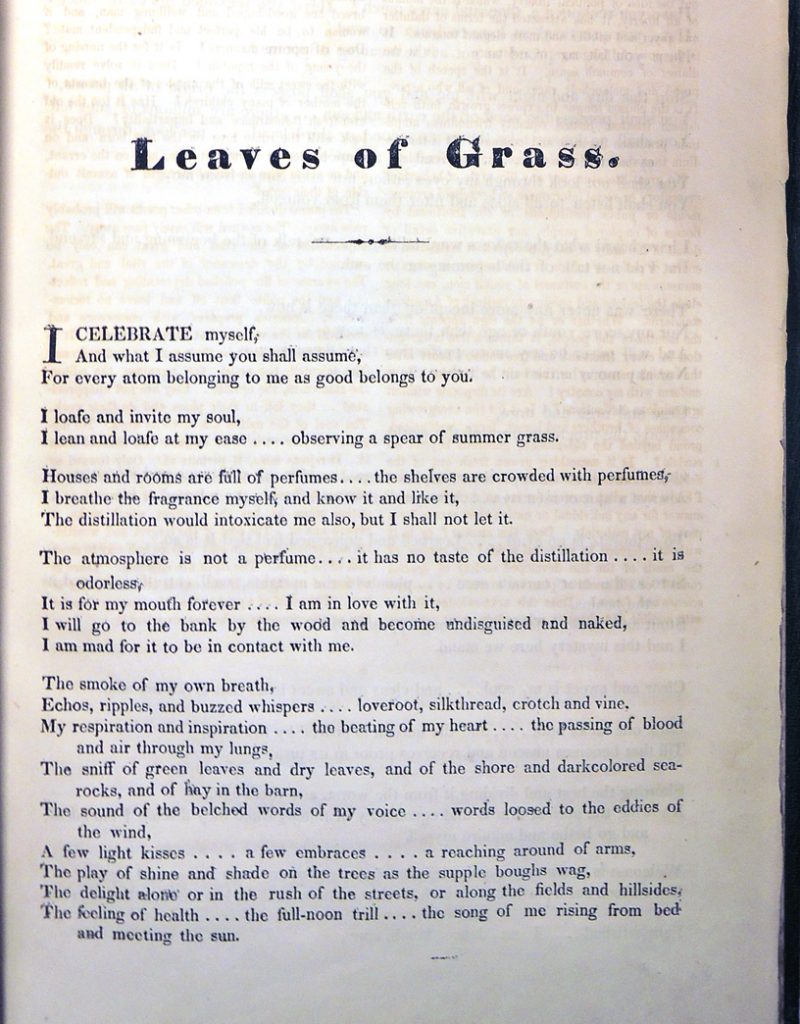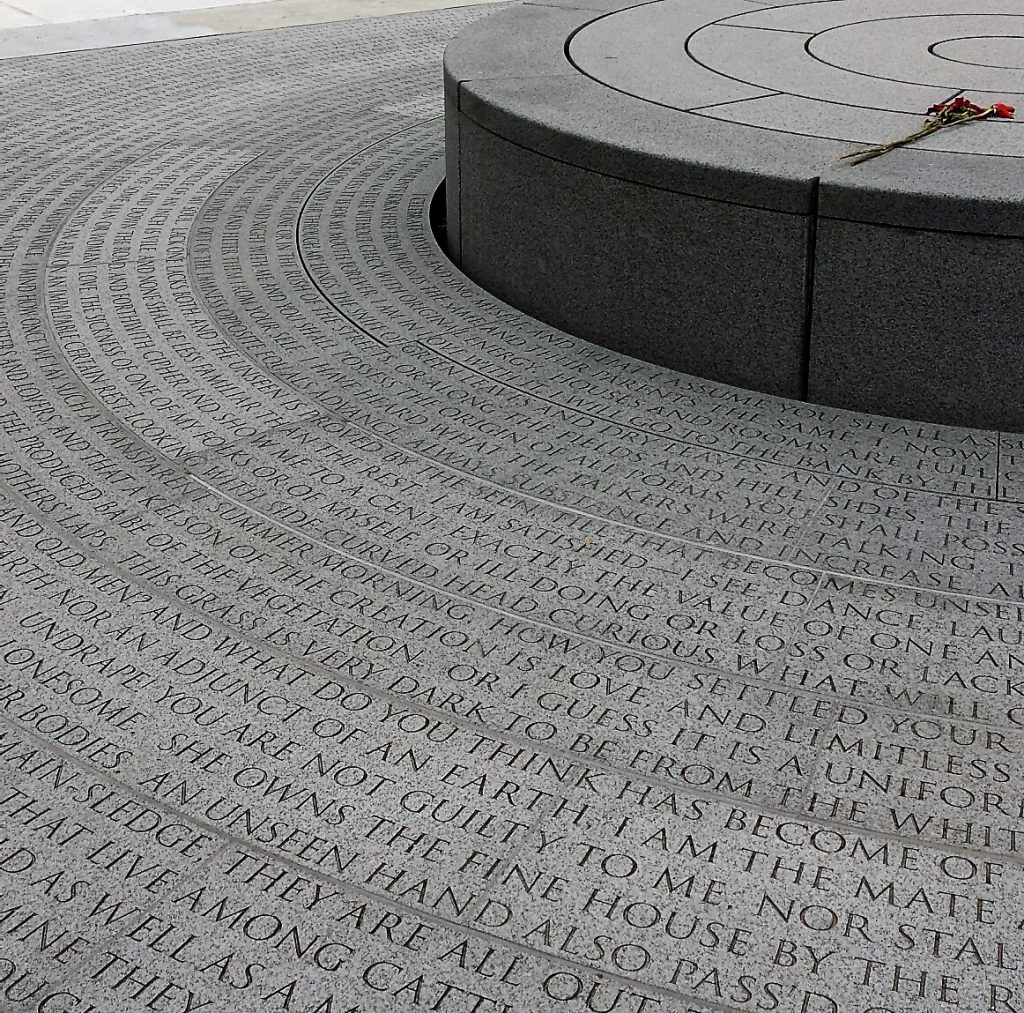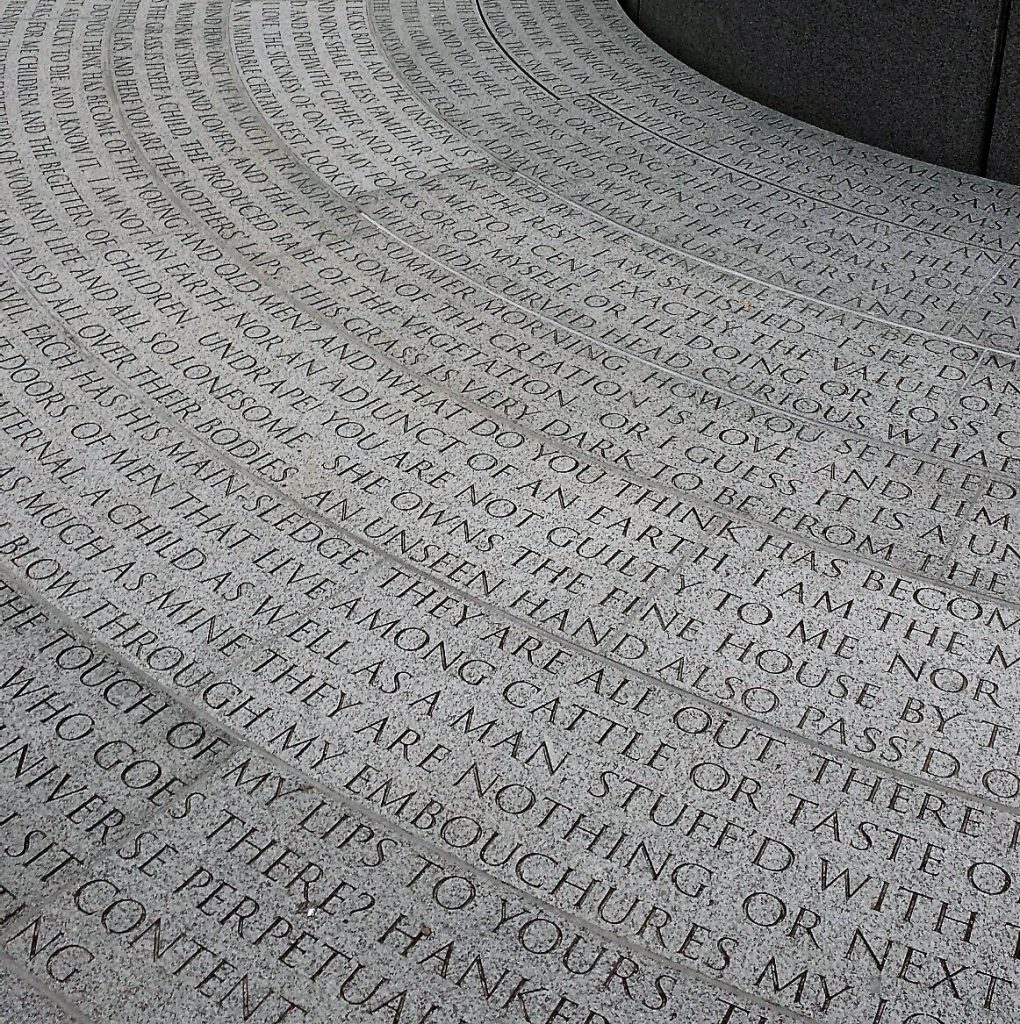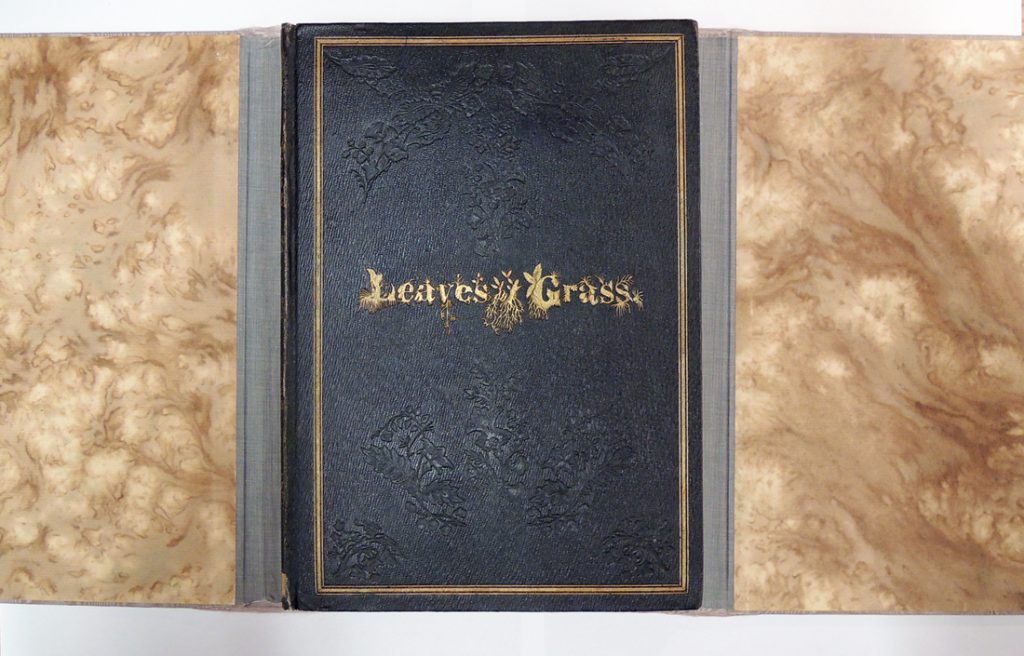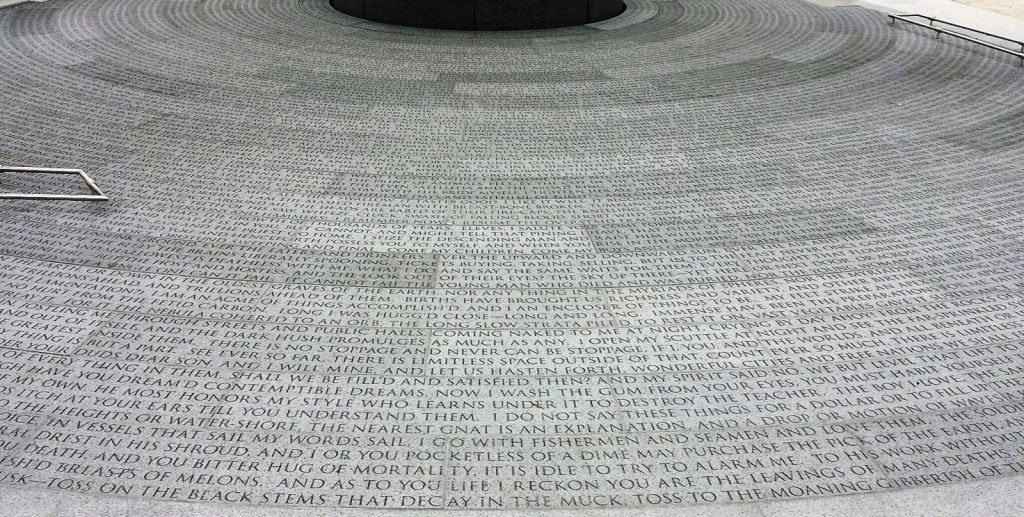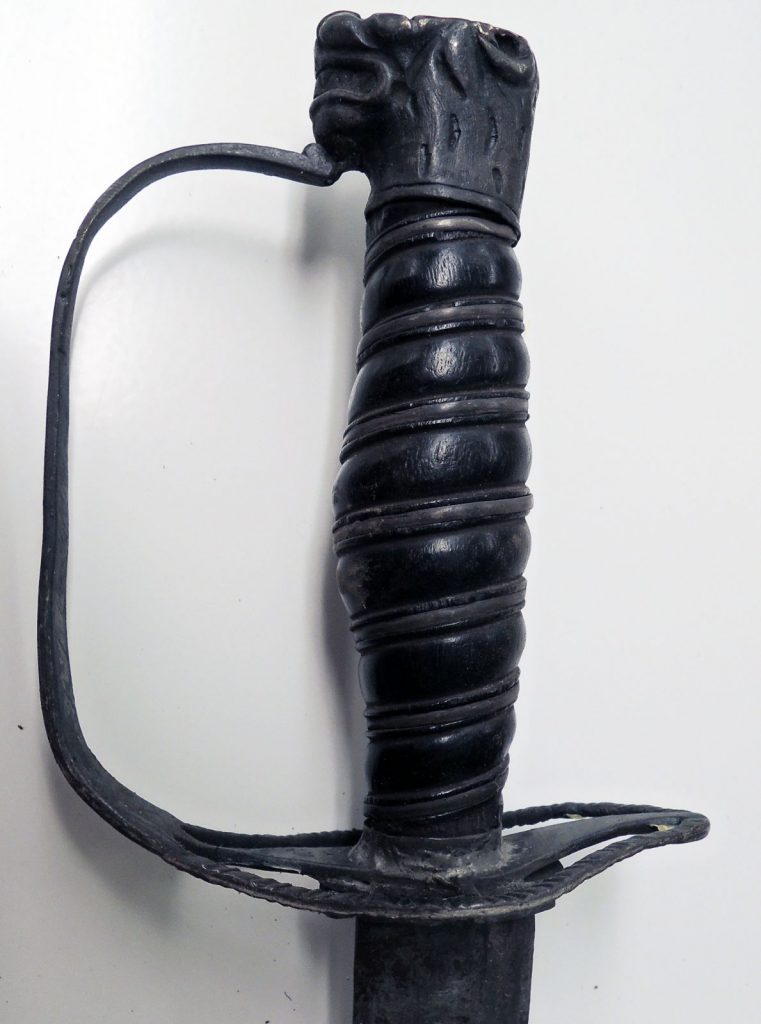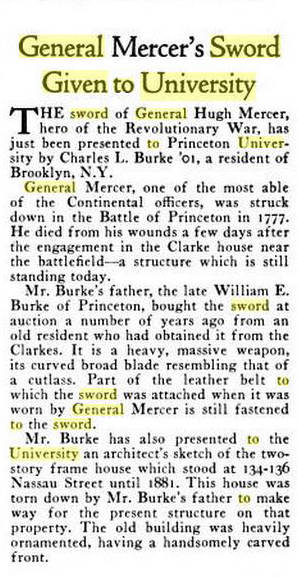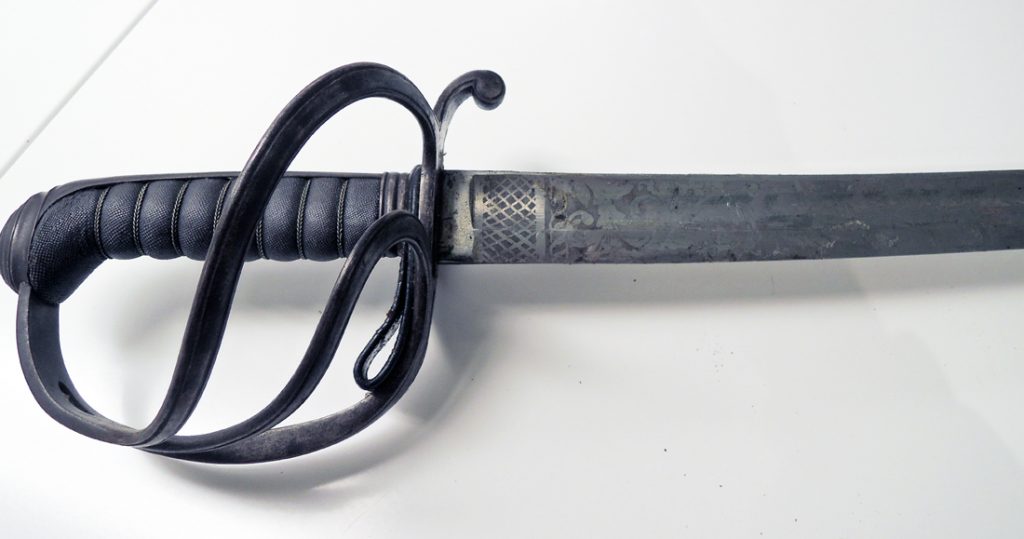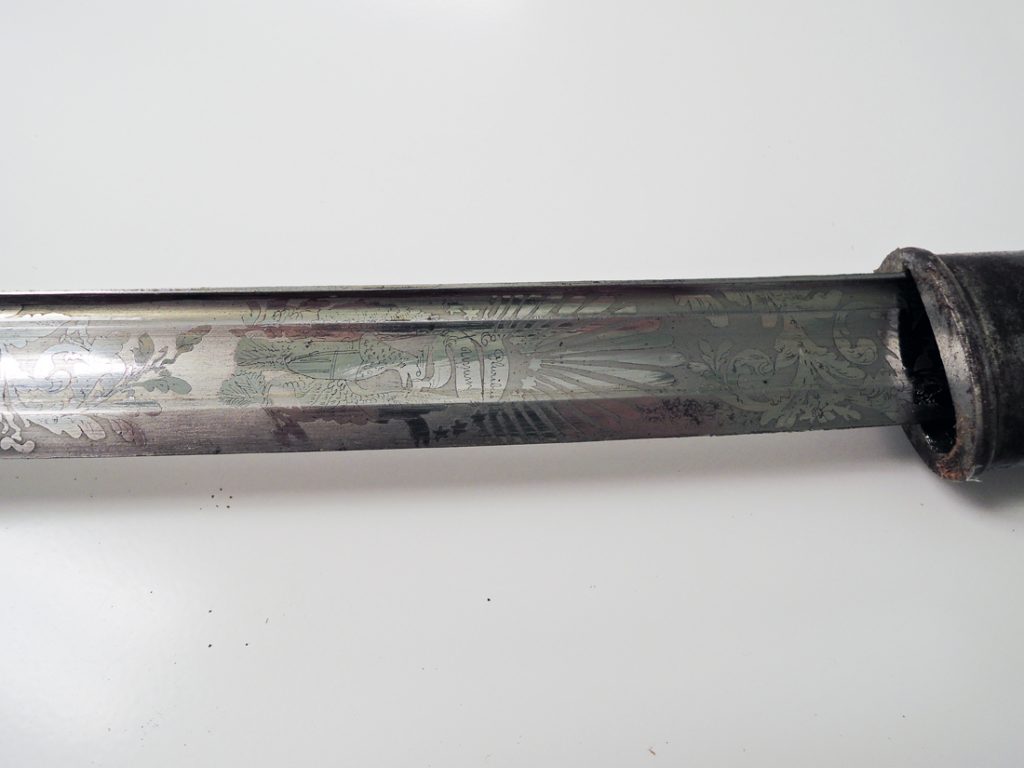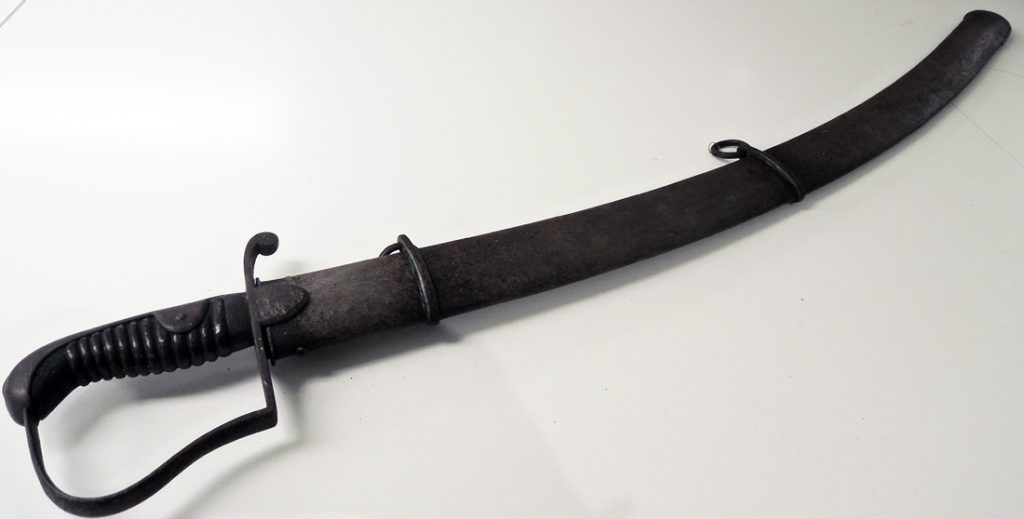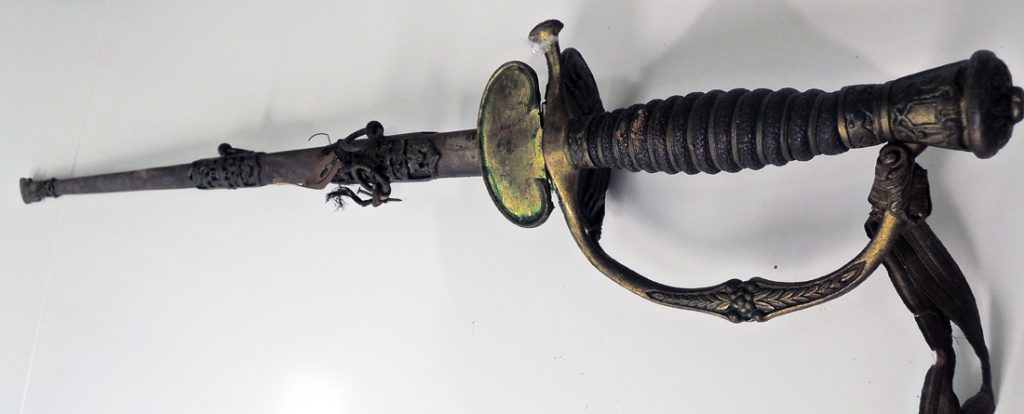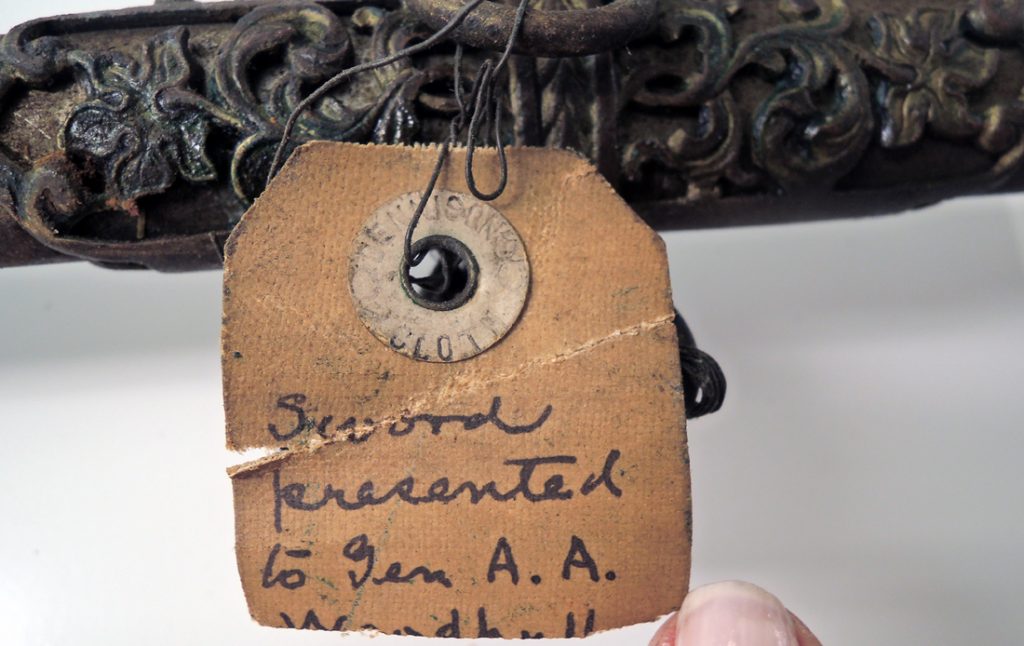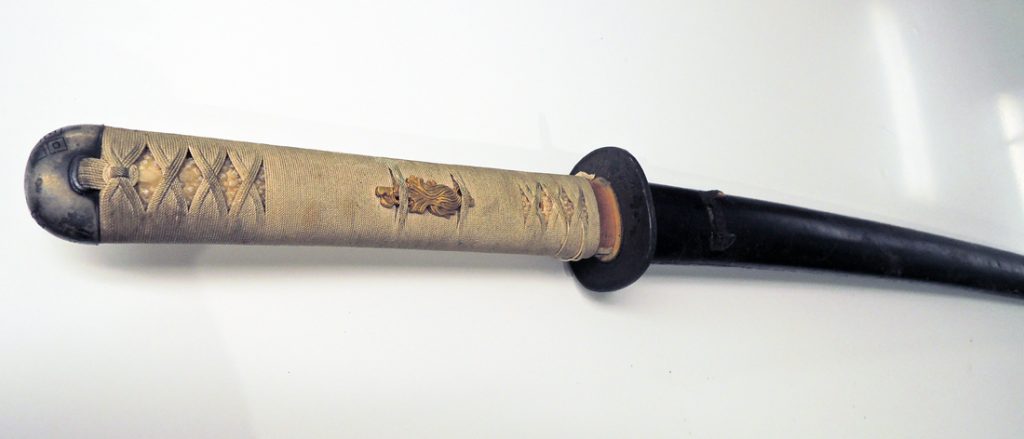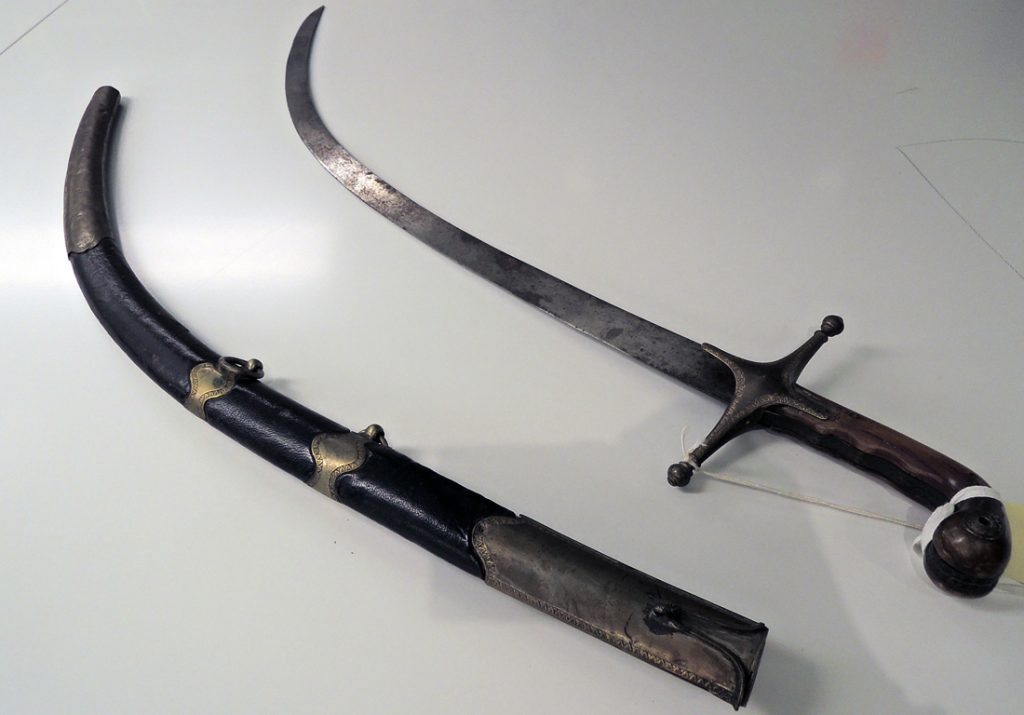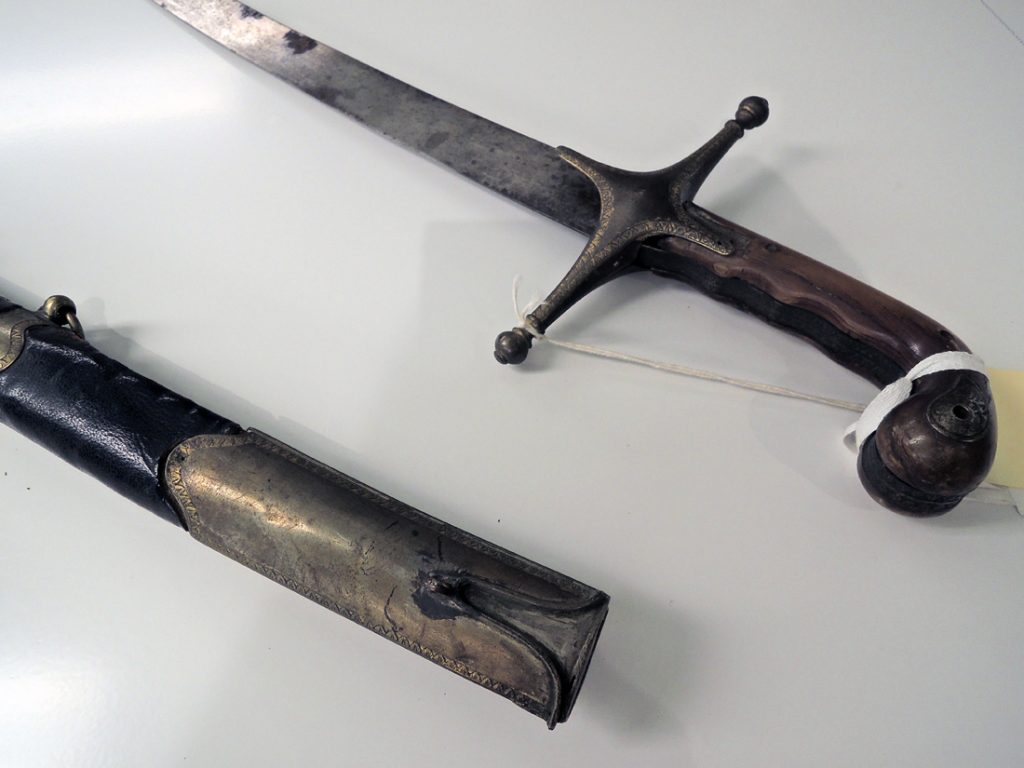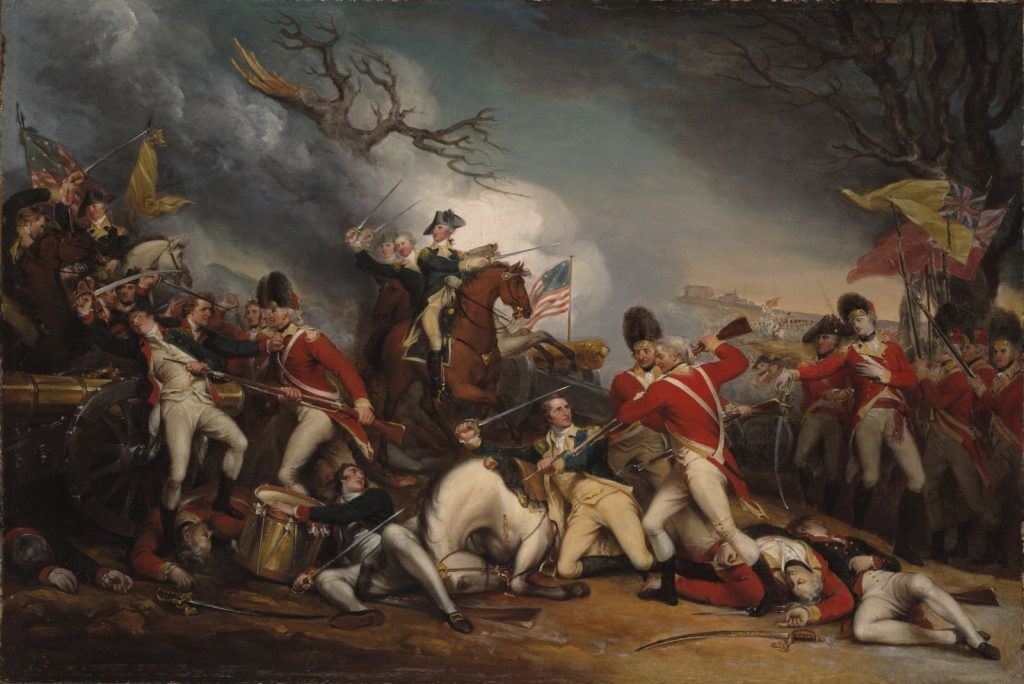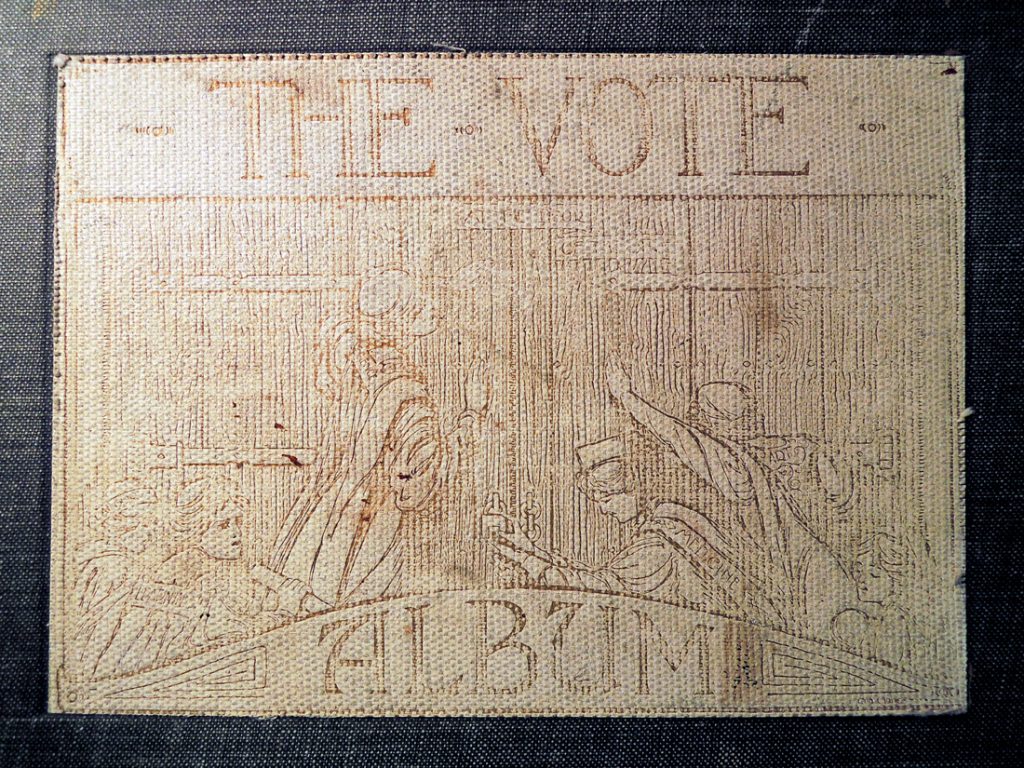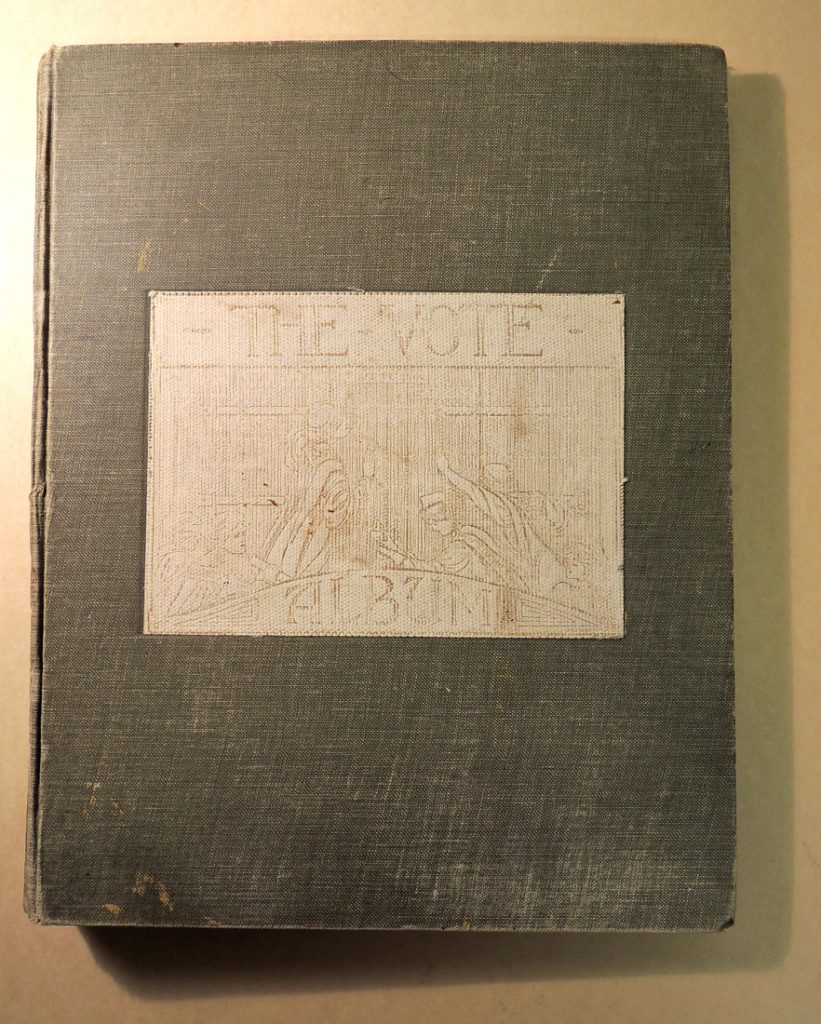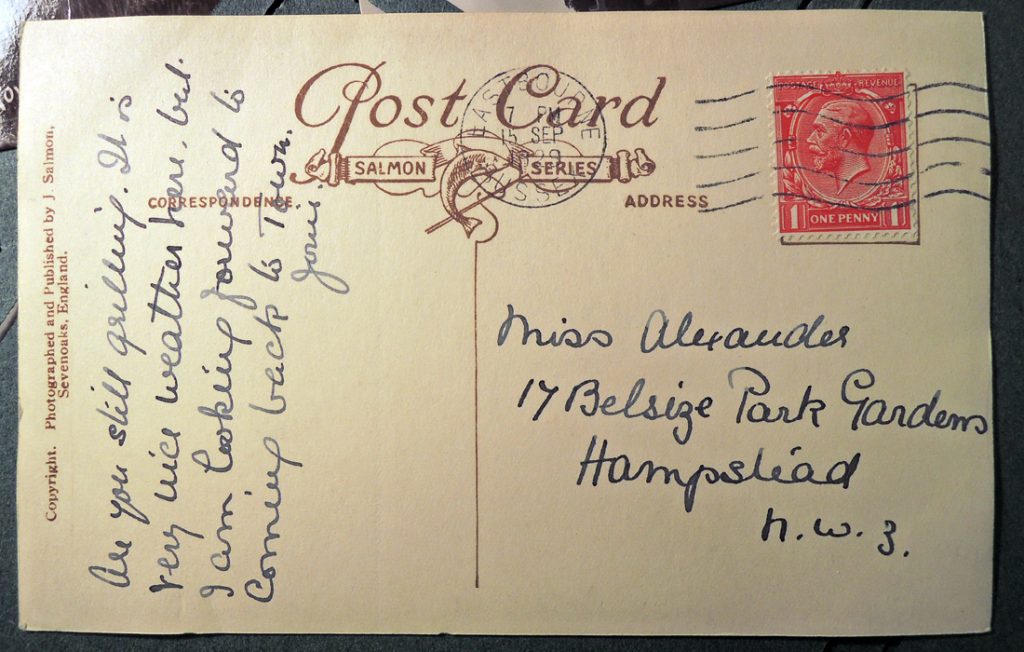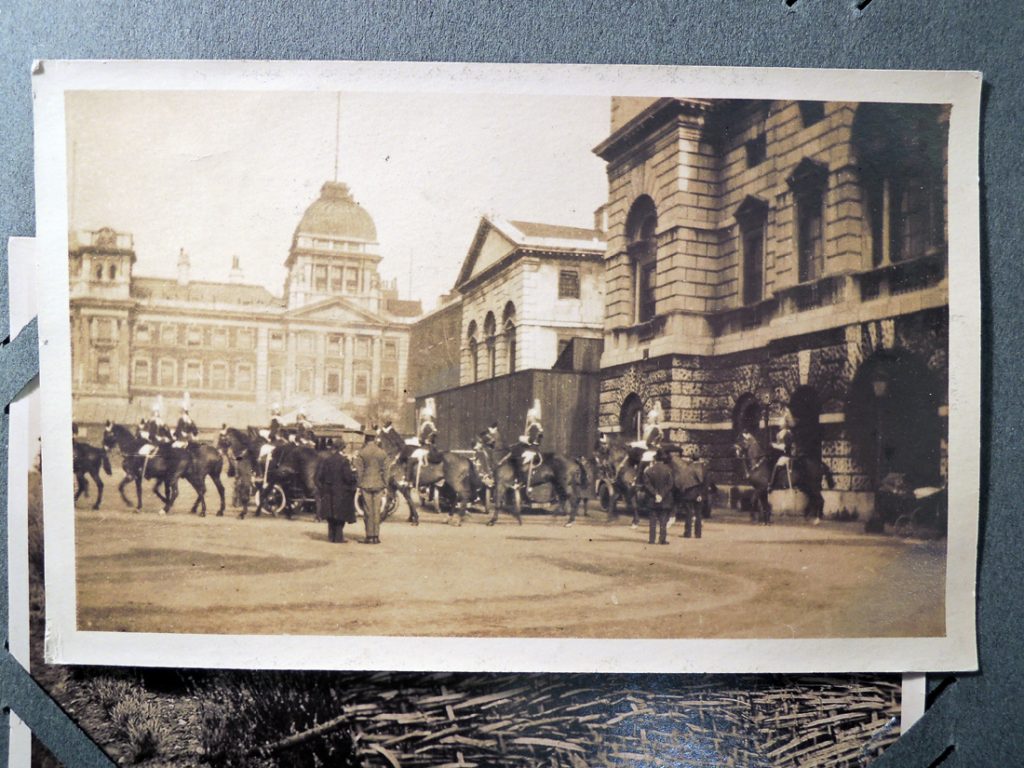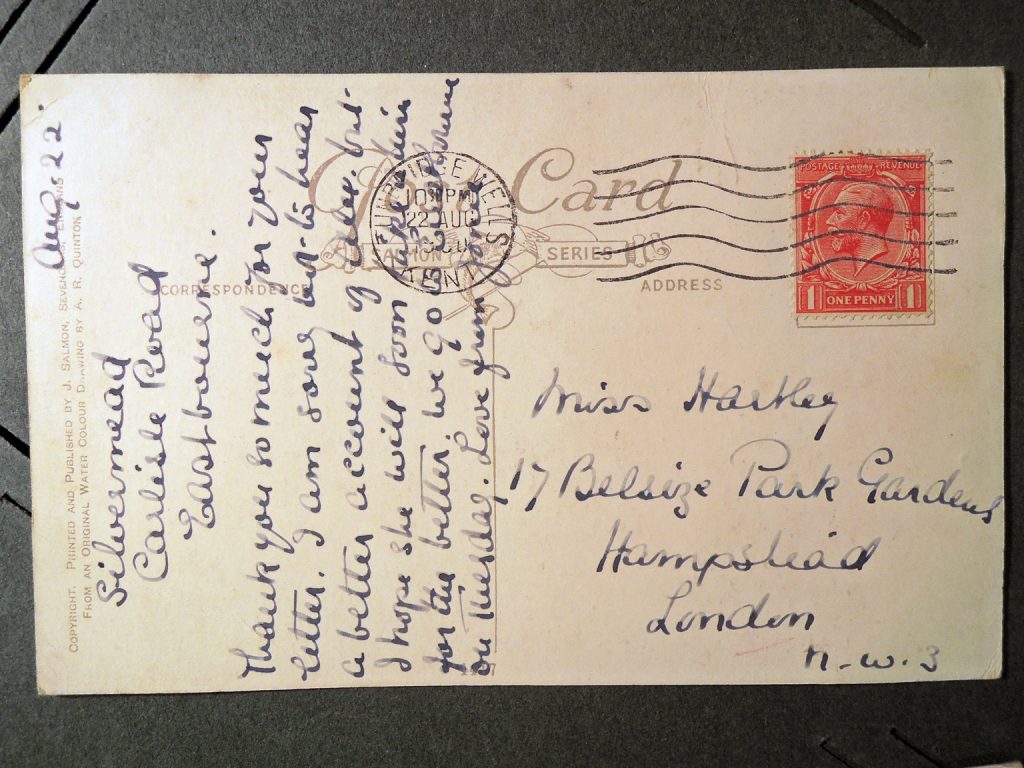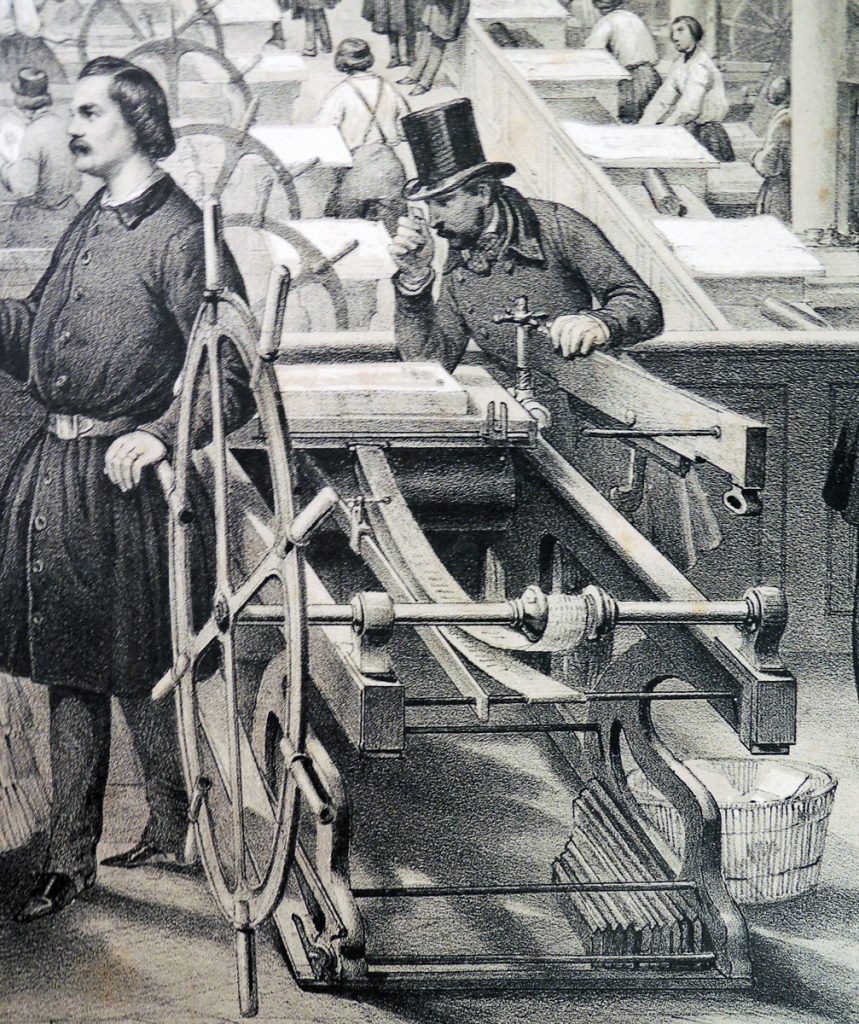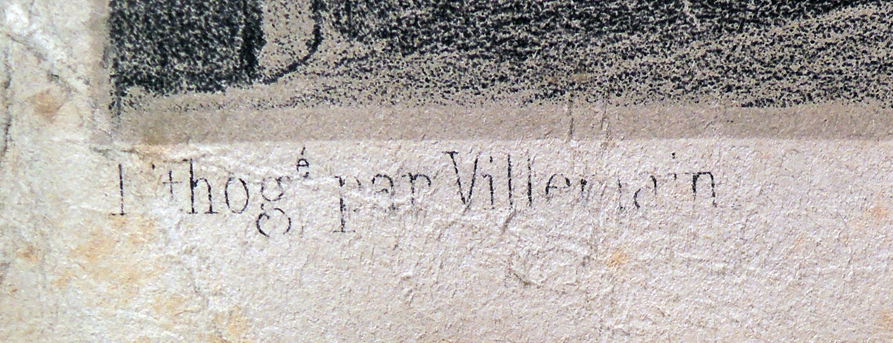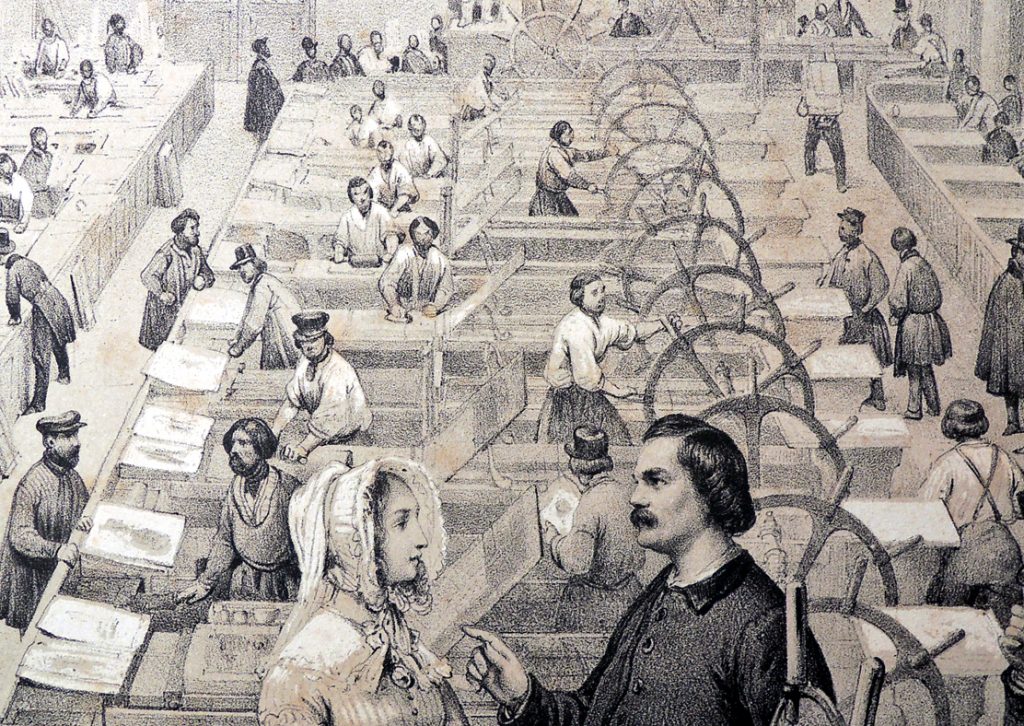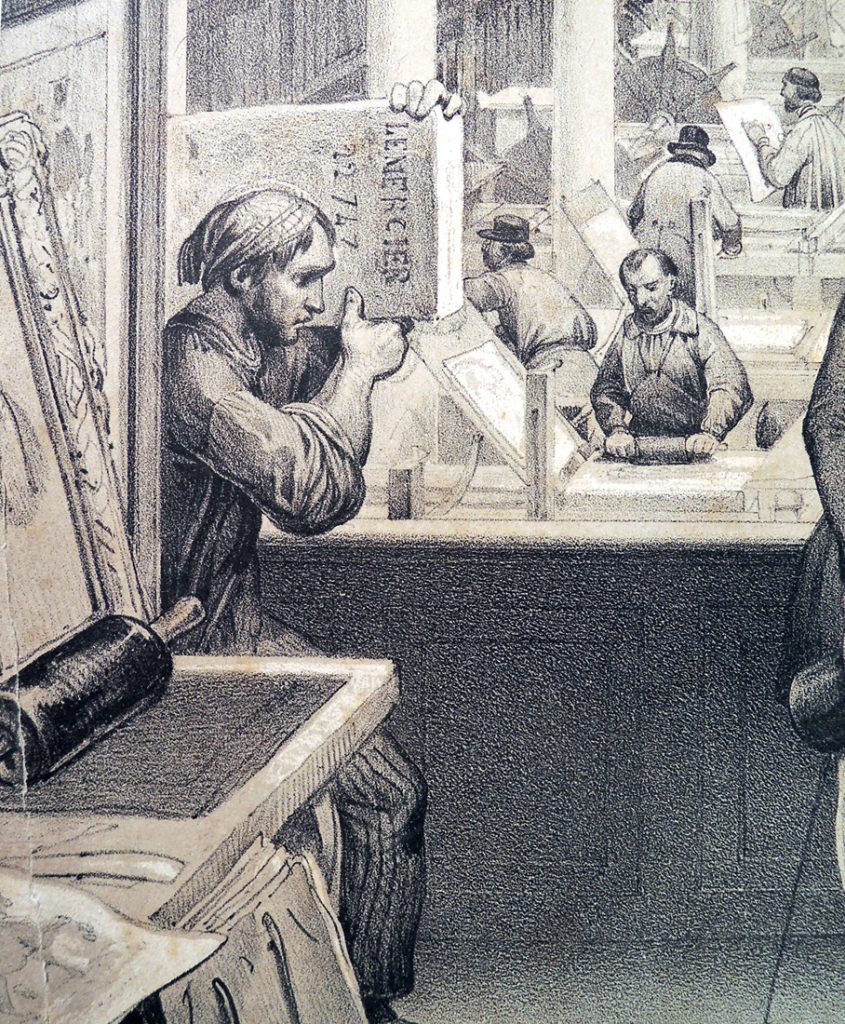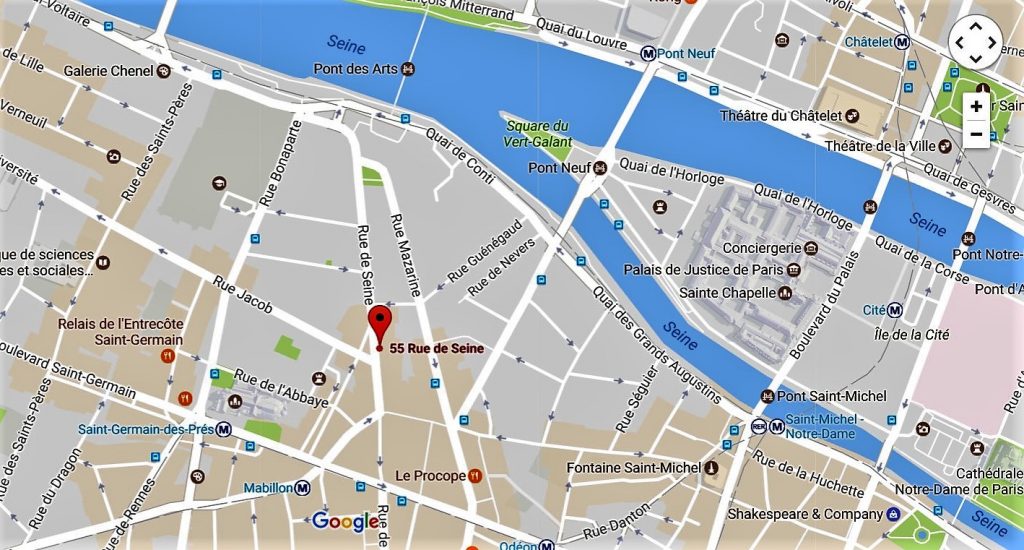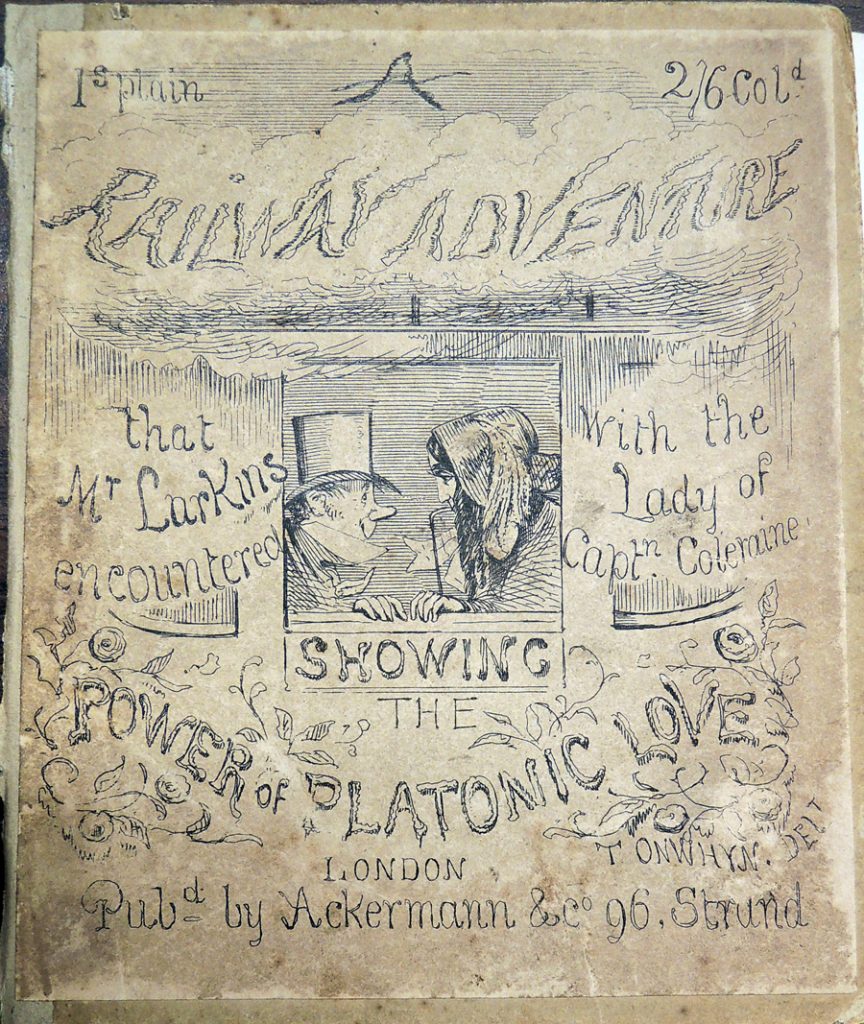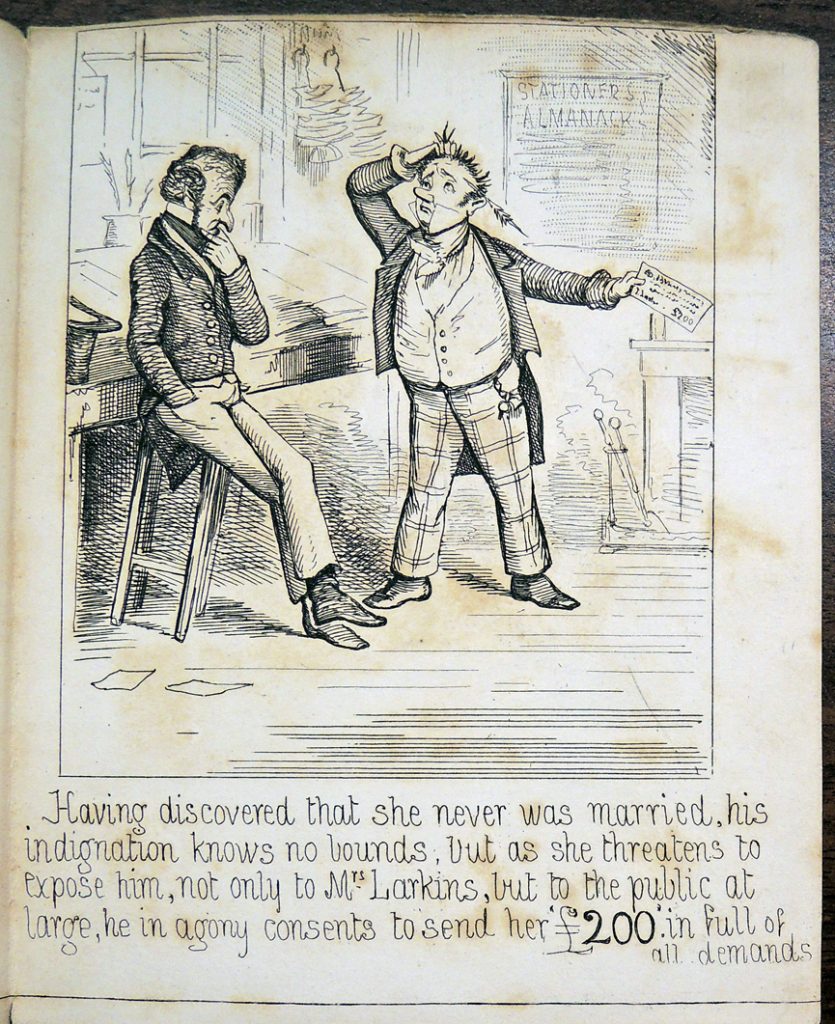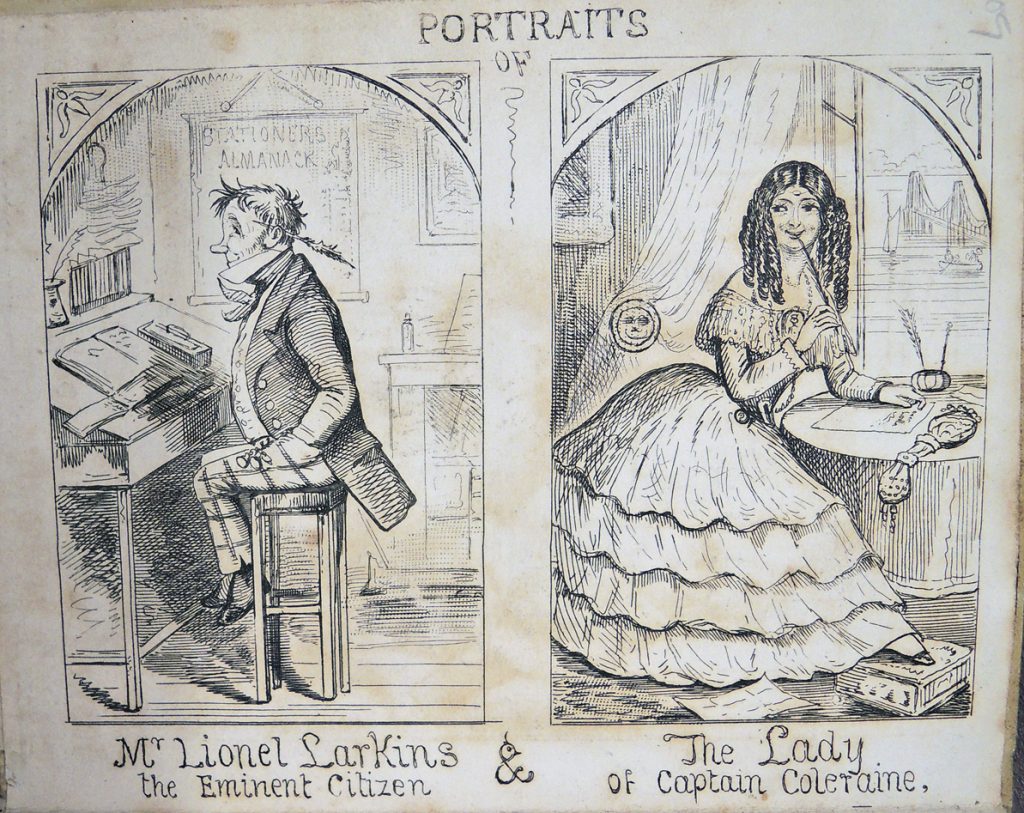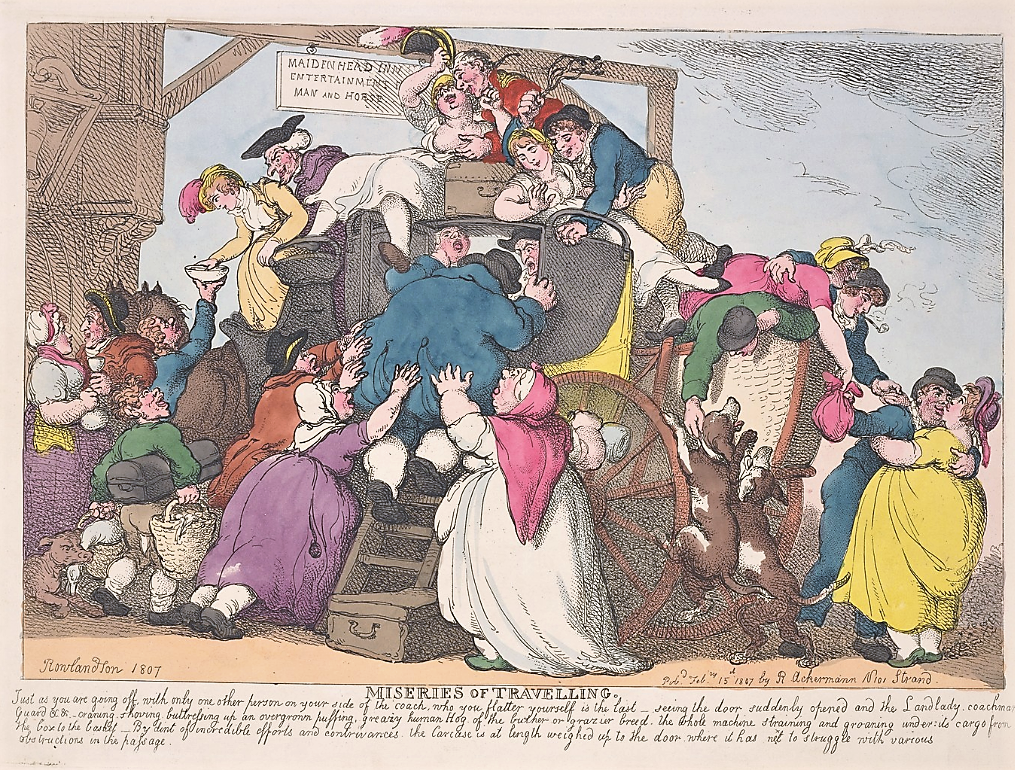 Permanent Link: http://arks.princeton.edu/ark:/88435/fb494b97t
Permanent Link: http://arks.princeton.edu/ark:/88435/fb494b97t
“Just as you are going off with only one other person on your side of the coach, who you flatter yourself is the last- seeing the door suddenly opened and the L and lady coachman / guard [illegible] craning shoving buttressing up an overgrown puffing, greazy human Hog of the bucher or grazier breed. the whole machine straining and groaning under its cargo from / the box to the basket- by dint of incredible efforts and contrivances the Carcase is at length weighed up to the door where it has next to struggle with various / obstructions in the passage.”–James Beresford
The scene above, taking place outside the Maidenhead Inn, was drawn during the height of popularity for the satirical book, “The Miseries of Human Life” by Rev. James Beresford. Rowlandson’s earliest drawing are dated 1806, the same year as the first, second, third, fourth, and fifth editions of Beresford’s book. When the artist completed 50 plates, Rudolph Ackermann released the set in a luxury edition. Rowlandson used many of the same images in his next pictorial narrative The Tours of Doctor Syntax.
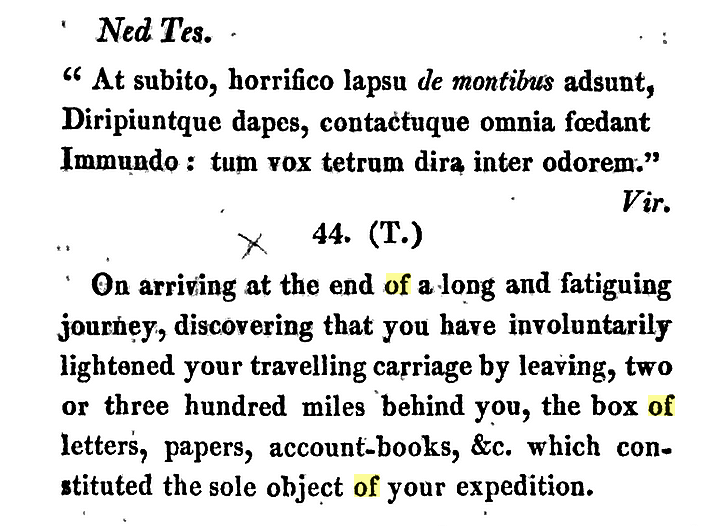 James Beresford (1764-1840), The Miseries of Human Life, or, The groans of Samuel Sensitive, and Timothy Testy : with a few supplementary sighs from Mrs. Testy …. New and improved ed. (London: Printed for W. Miller, Albemarle-Street, by W. Bulmer and Co. Cleveland-Row, 1806). Graphic Arts Collection (GA) Rowlandson 1806.31.11
James Beresford (1764-1840), The Miseries of Human Life, or, The groans of Samuel Sensitive, and Timothy Testy : with a few supplementary sighs from Mrs. Testy …. New and improved ed. (London: Printed for W. Miller, Albemarle-Street, by W. Bulmer and Co. Cleveland-Row, 1806). Graphic Arts Collection (GA) Rowlandson 1806.31.11
Thomas Rowlandson (1756-1827), Miseries of Traveling. Pubd. Febry. 15th, 1807 by R. Ackermann, N. 101 Strand. Hand colored etching. Graphic Arts Collection GC112
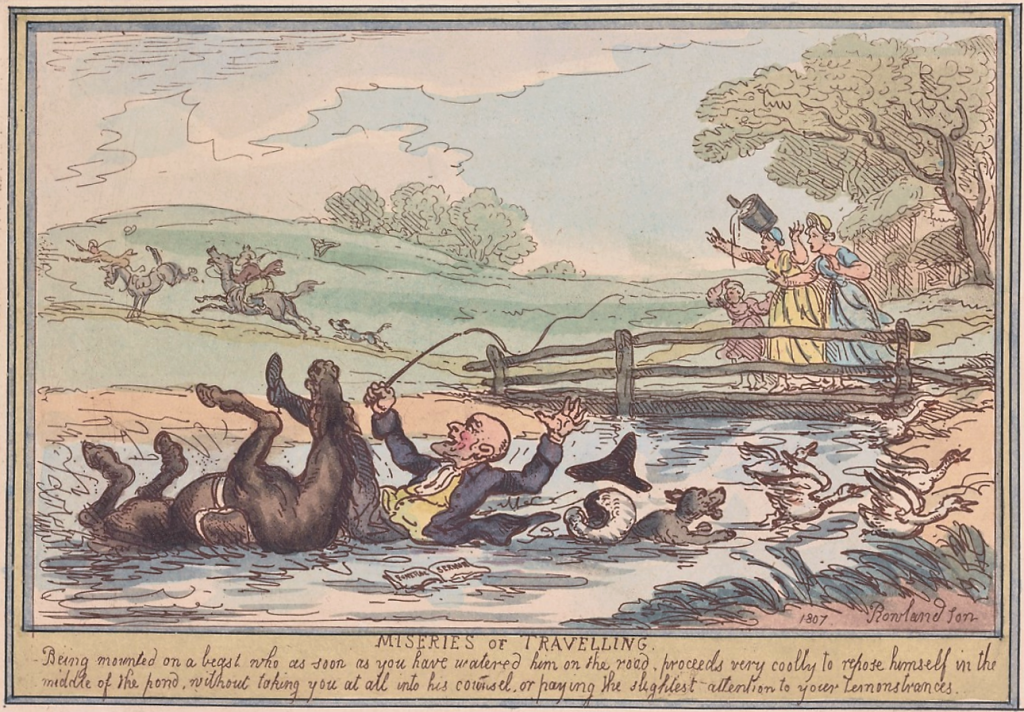 Permanent Link: http://arks.princeton.edu/ark:/88435/02870z45r
Permanent Link: http://arks.princeton.edu/ark:/88435/02870z45r

